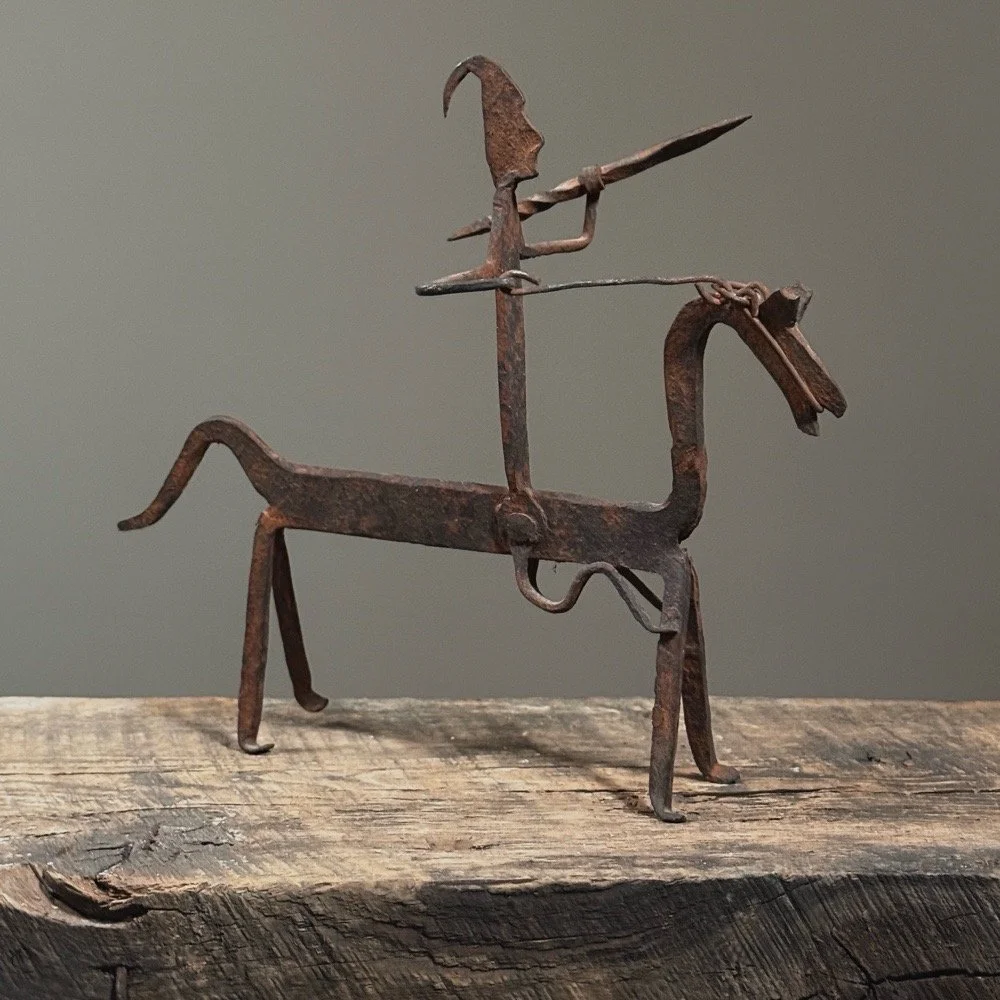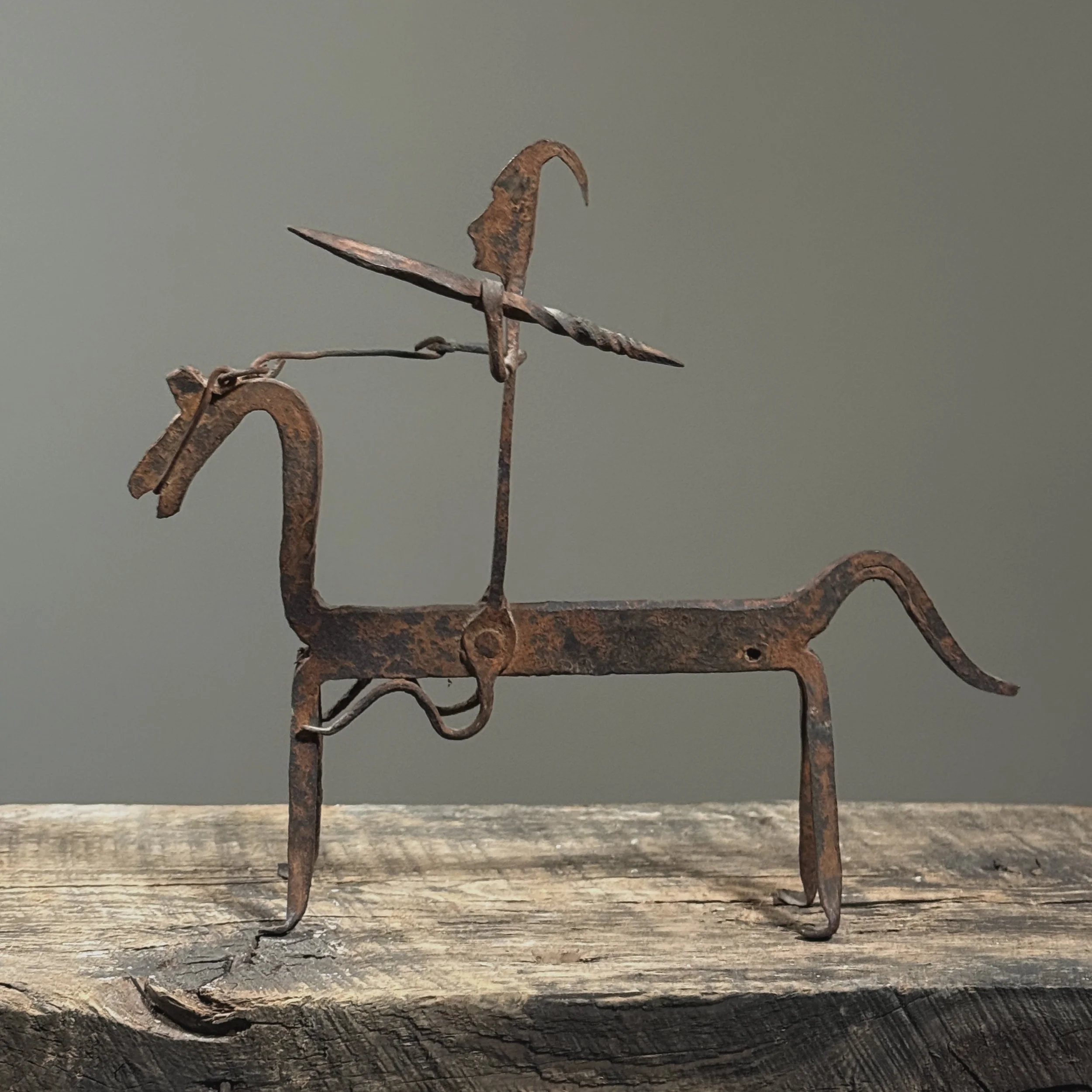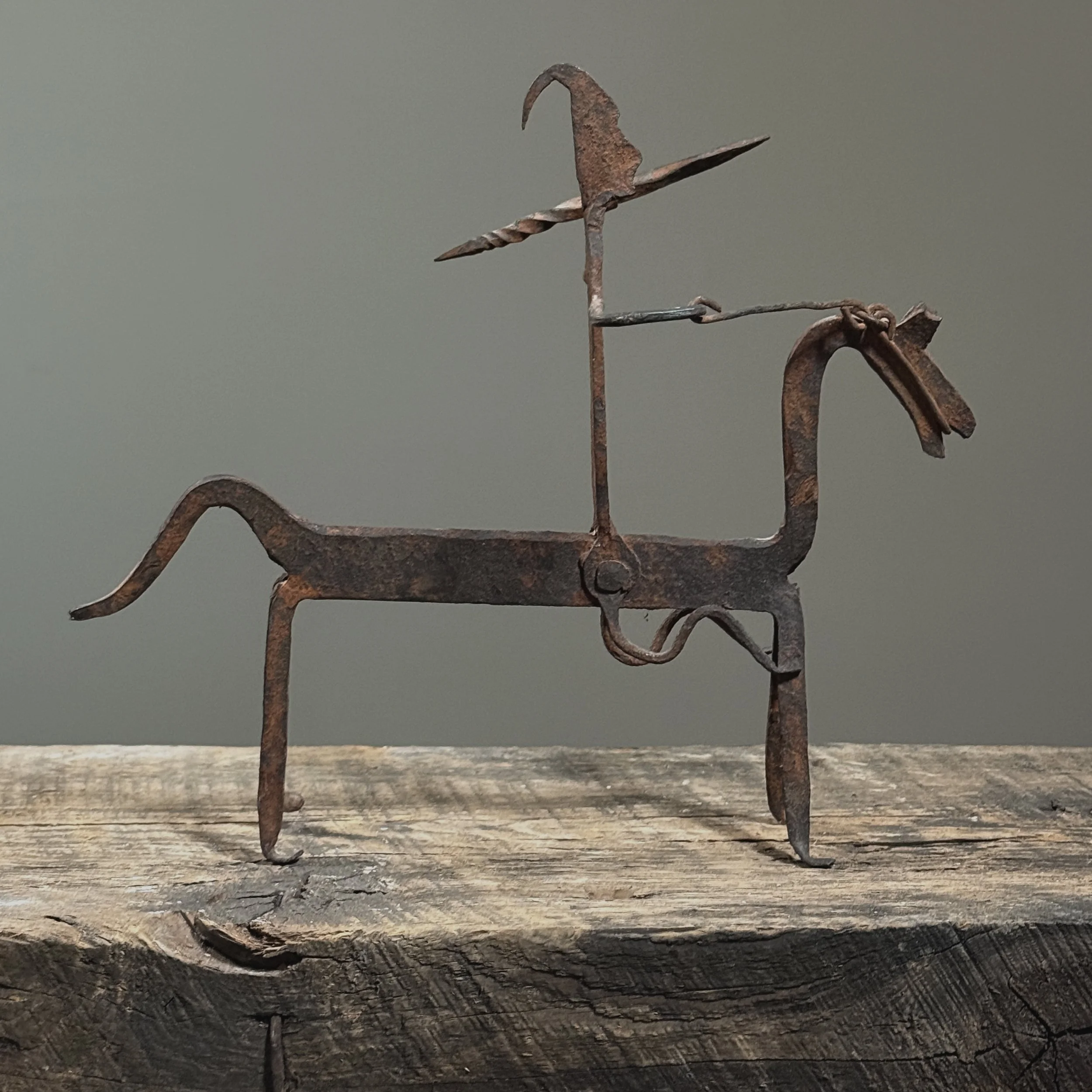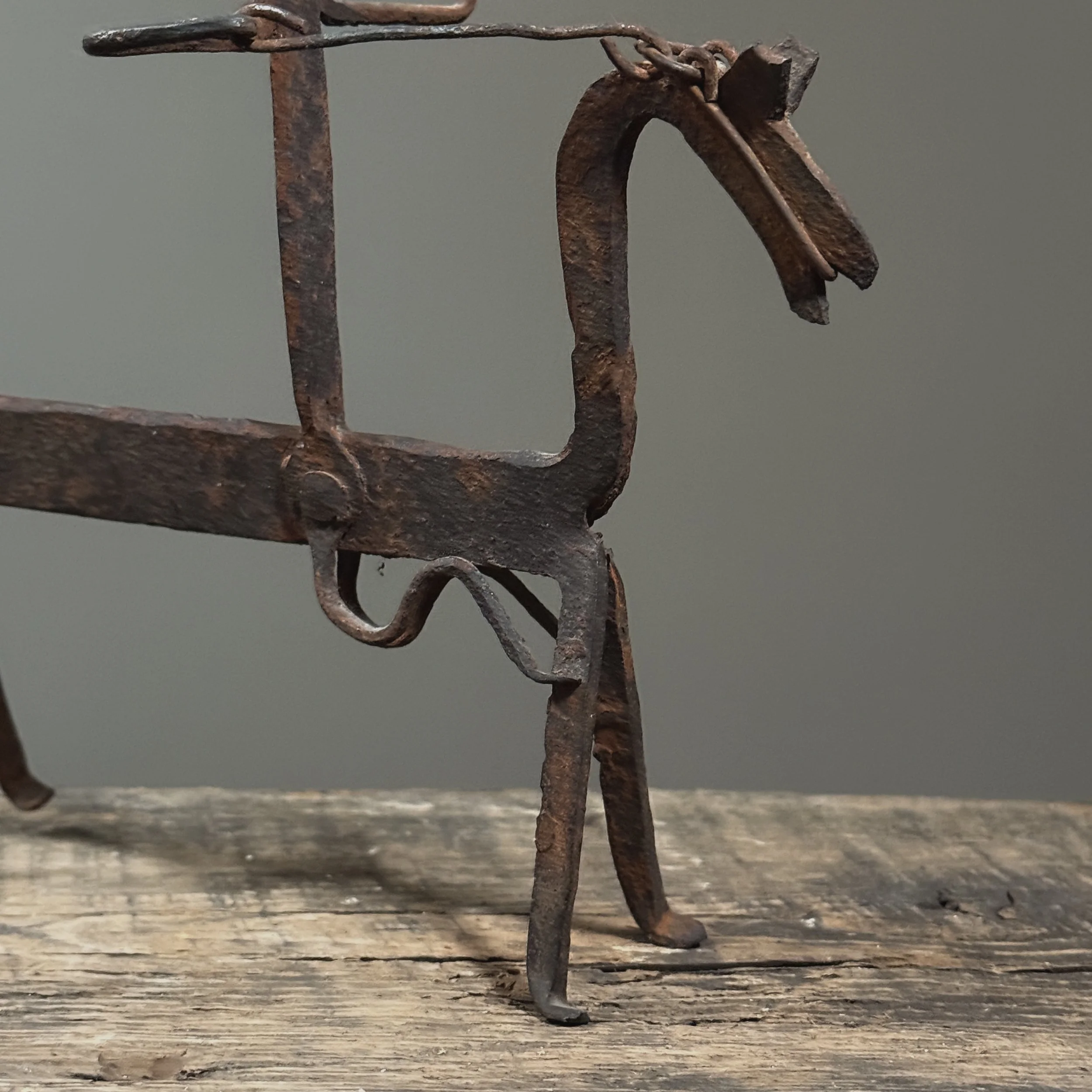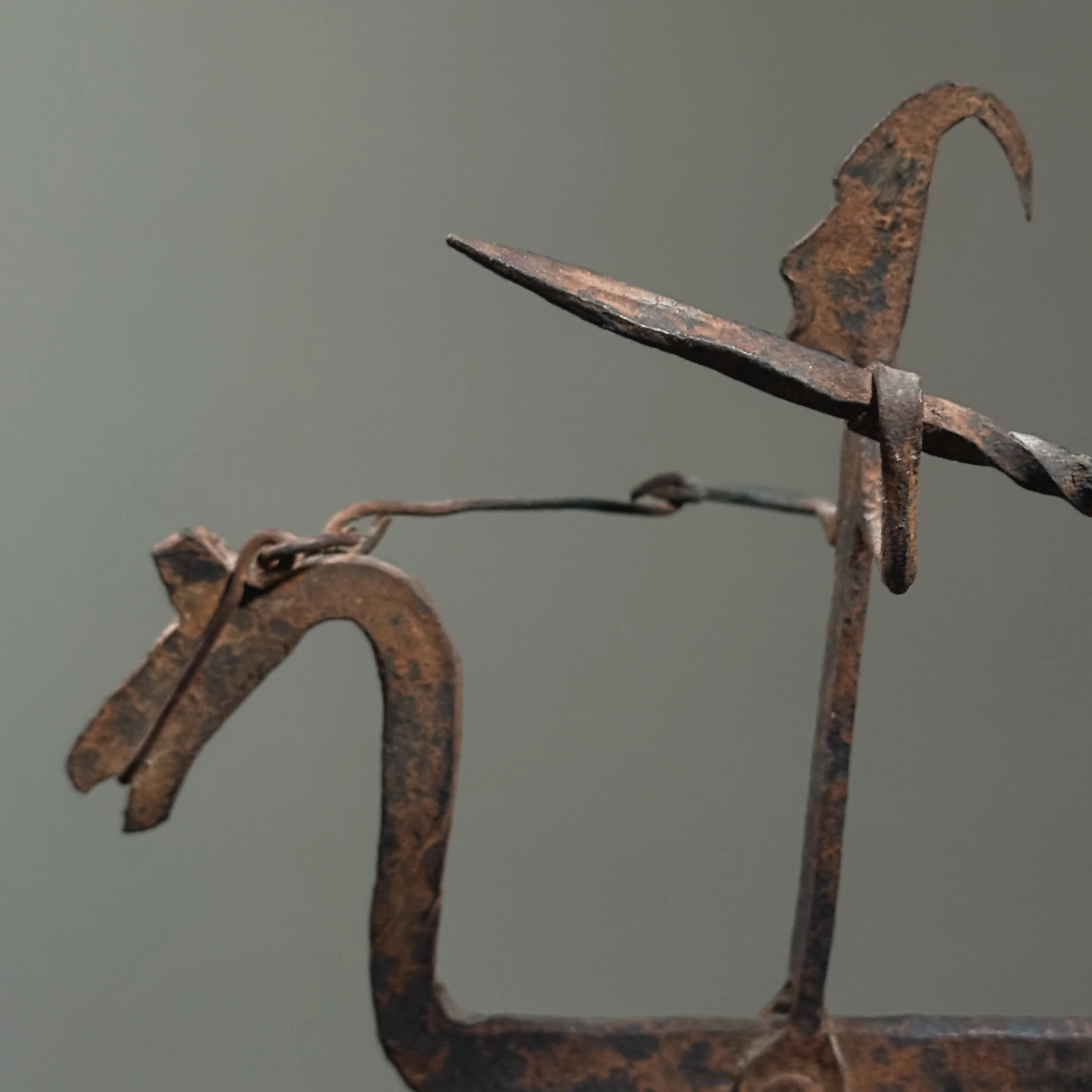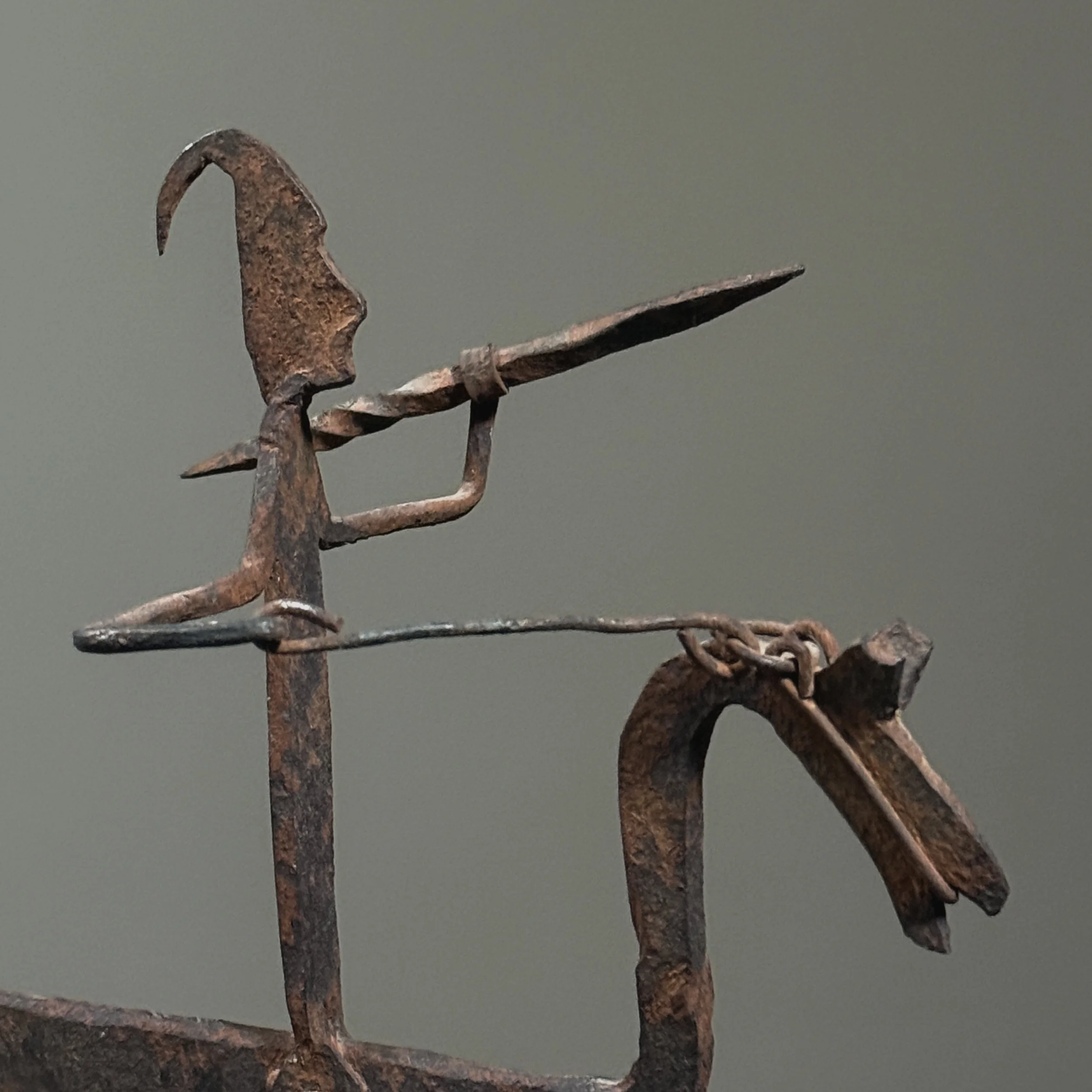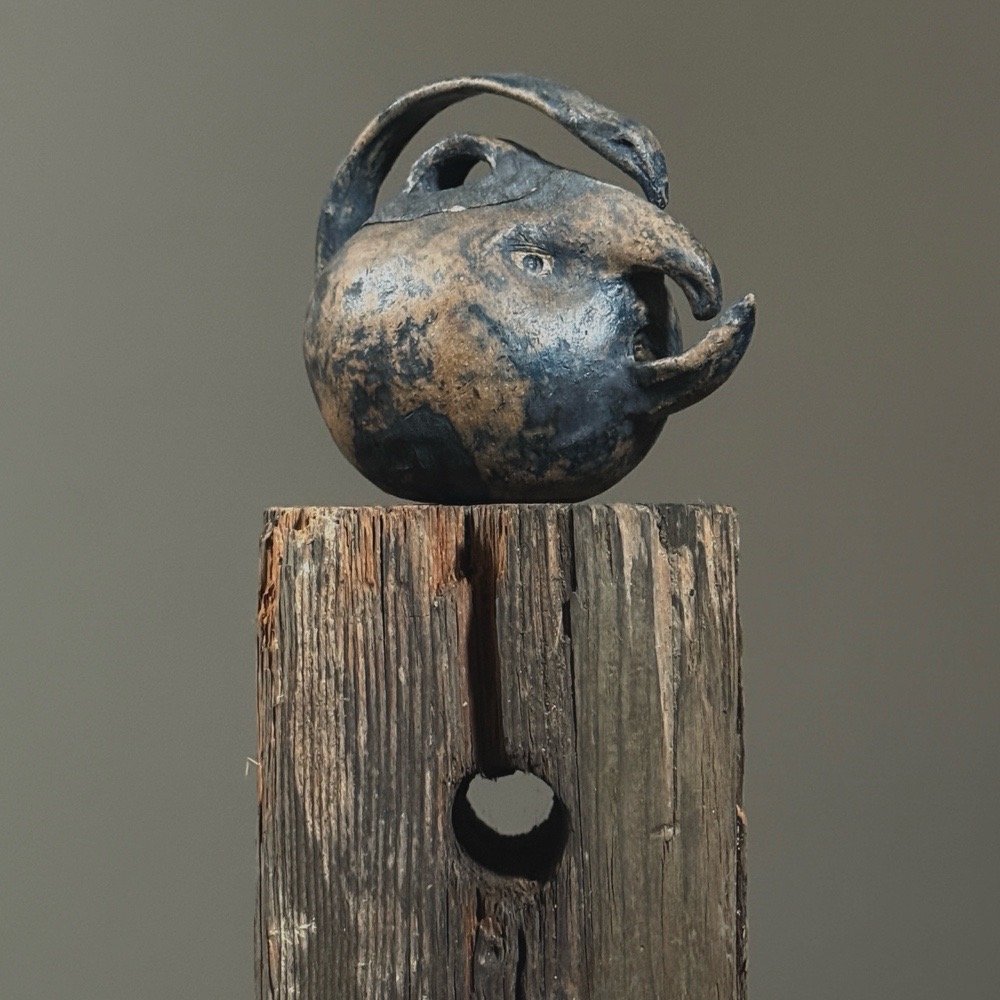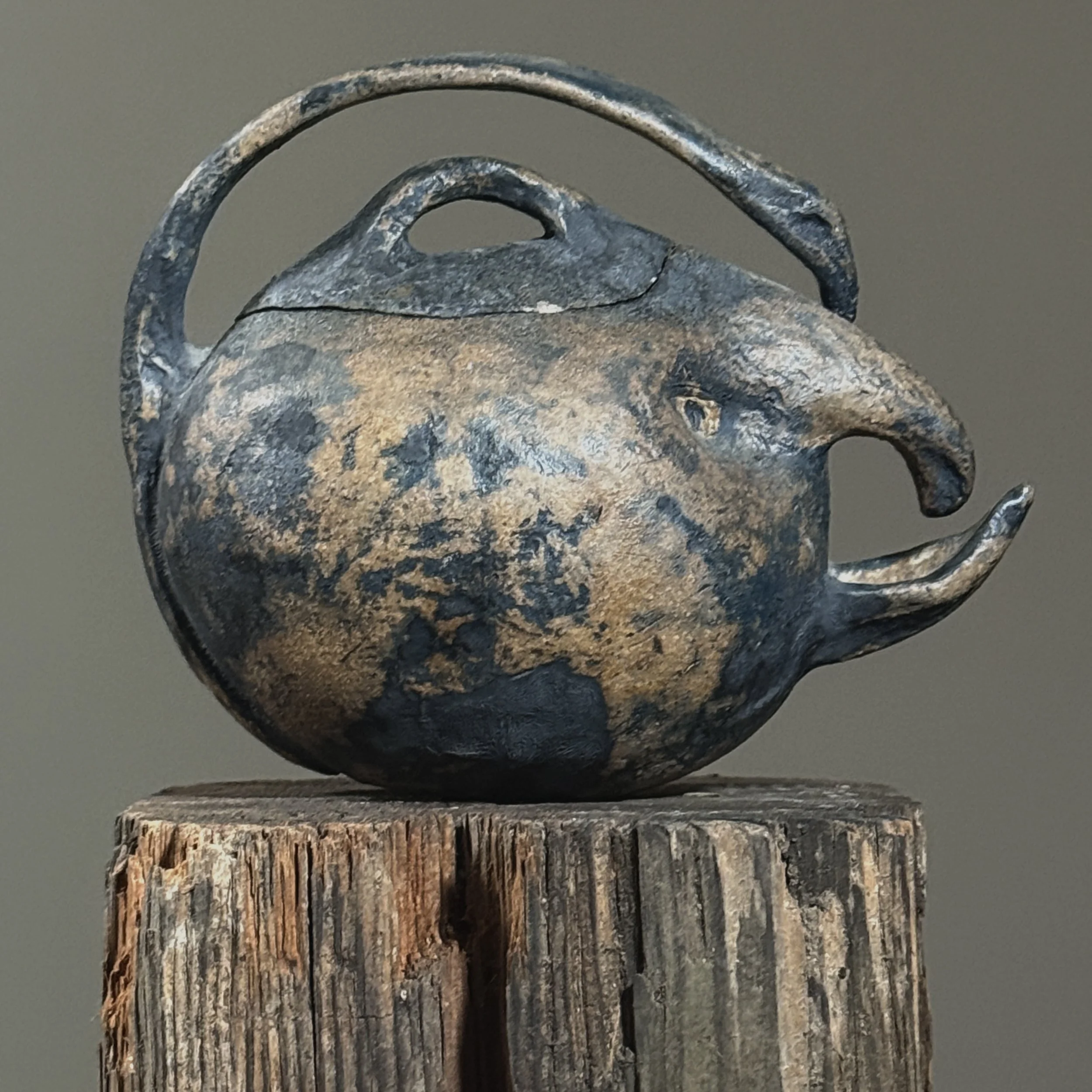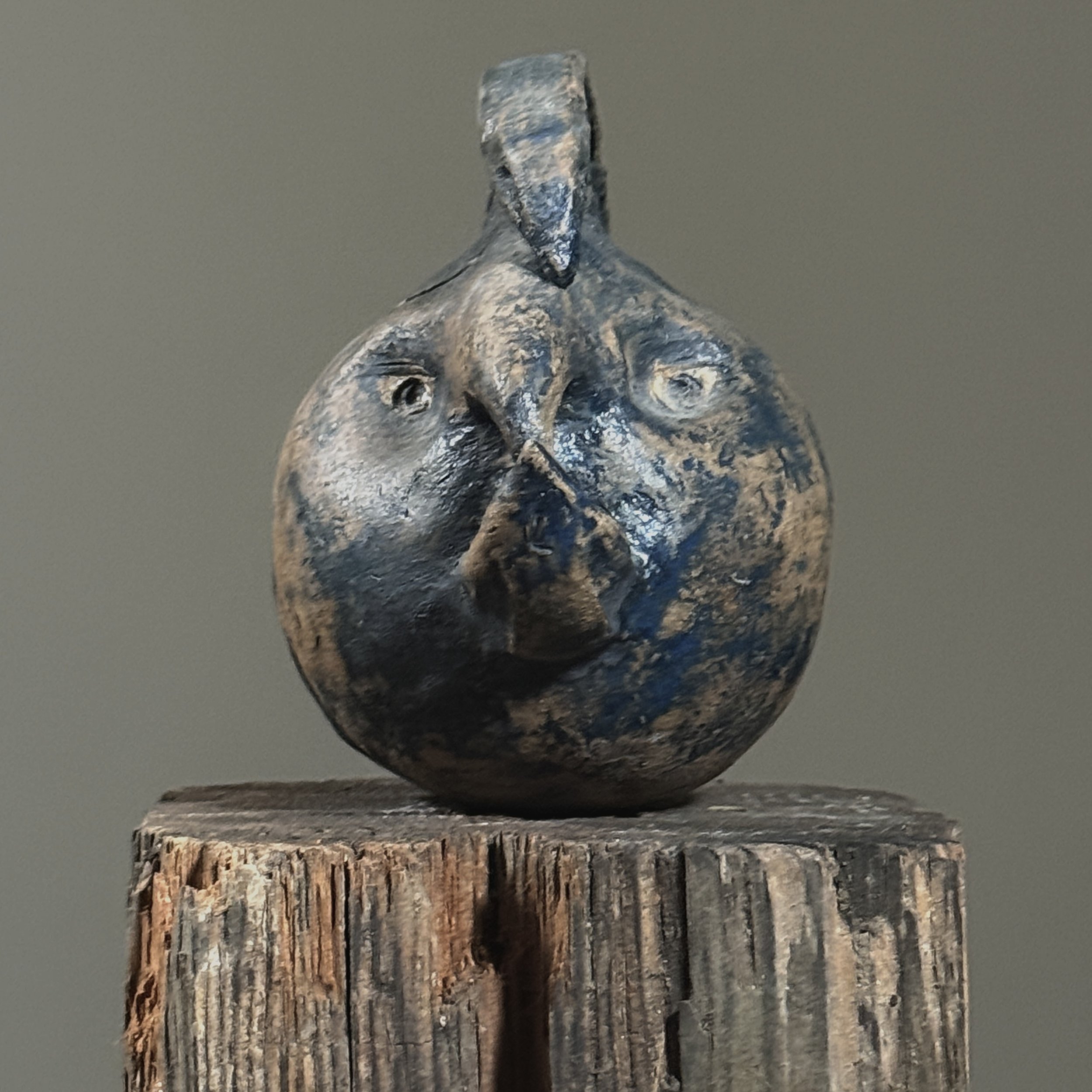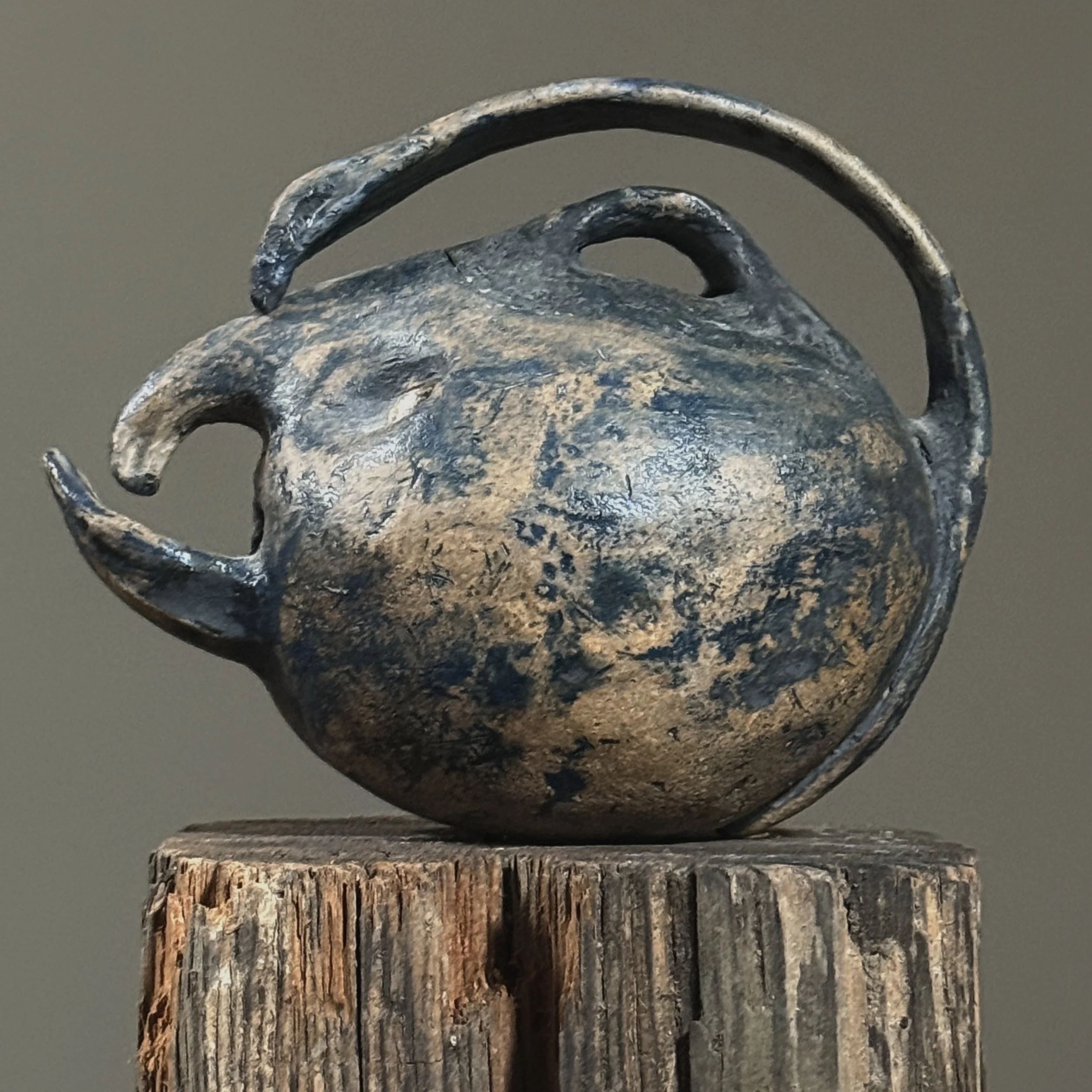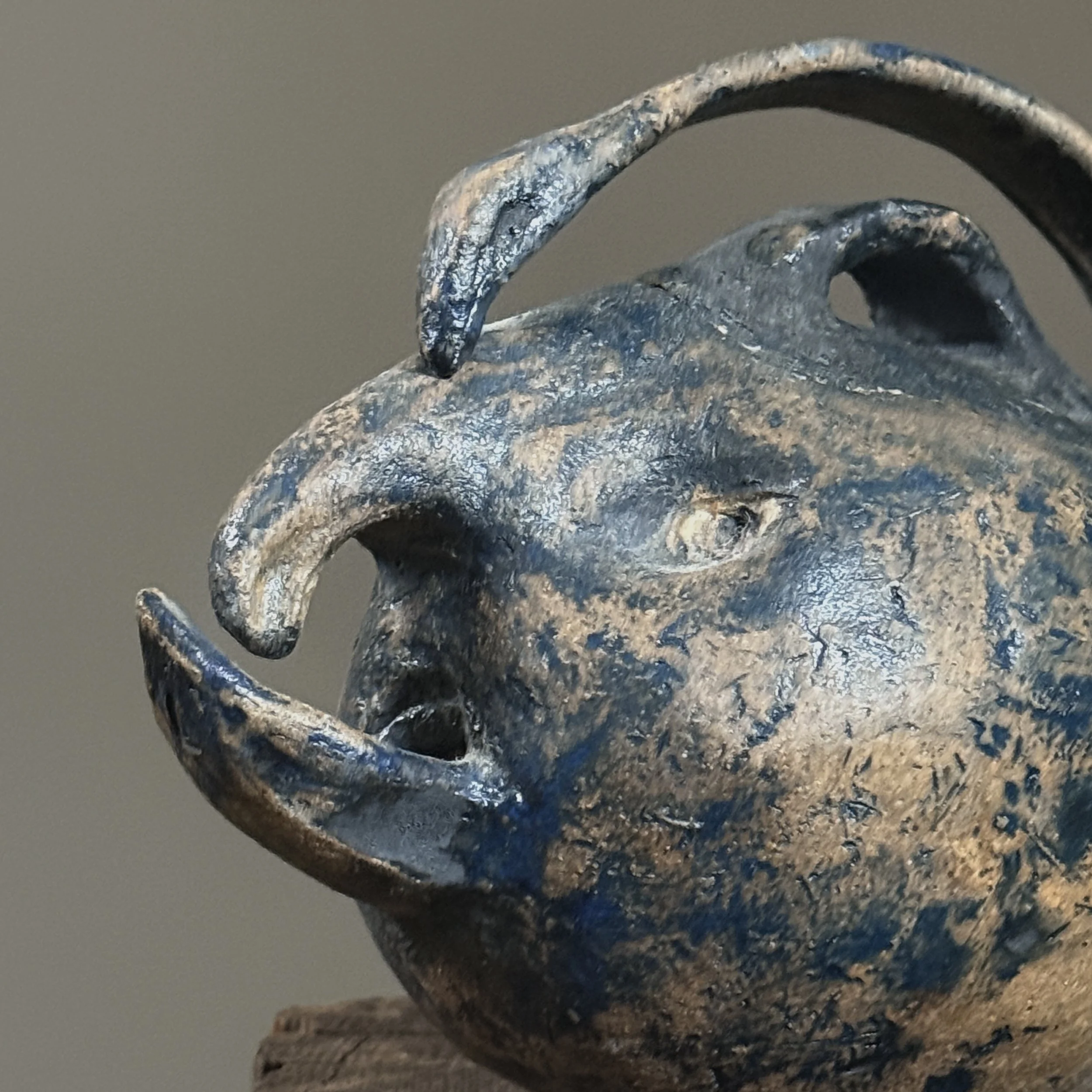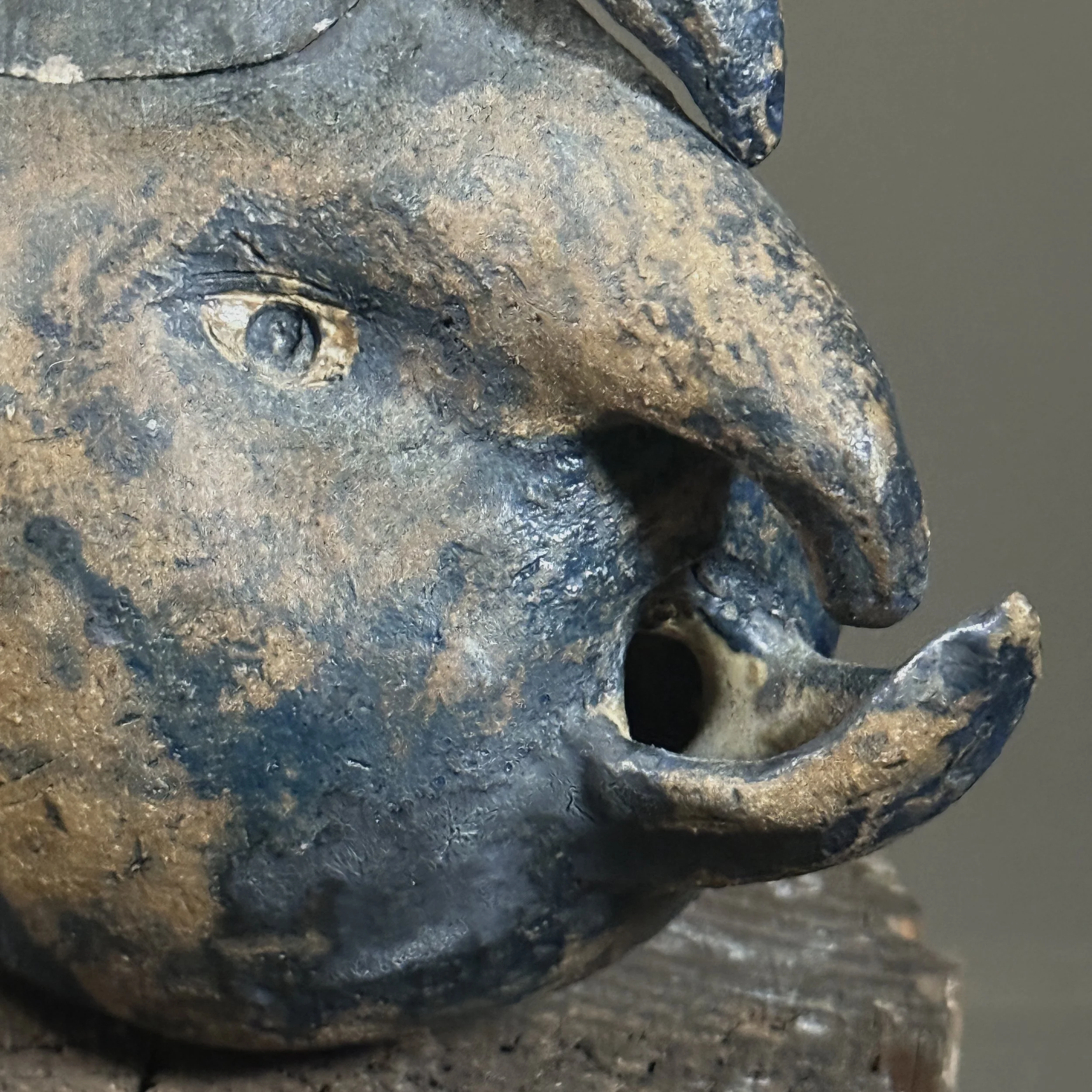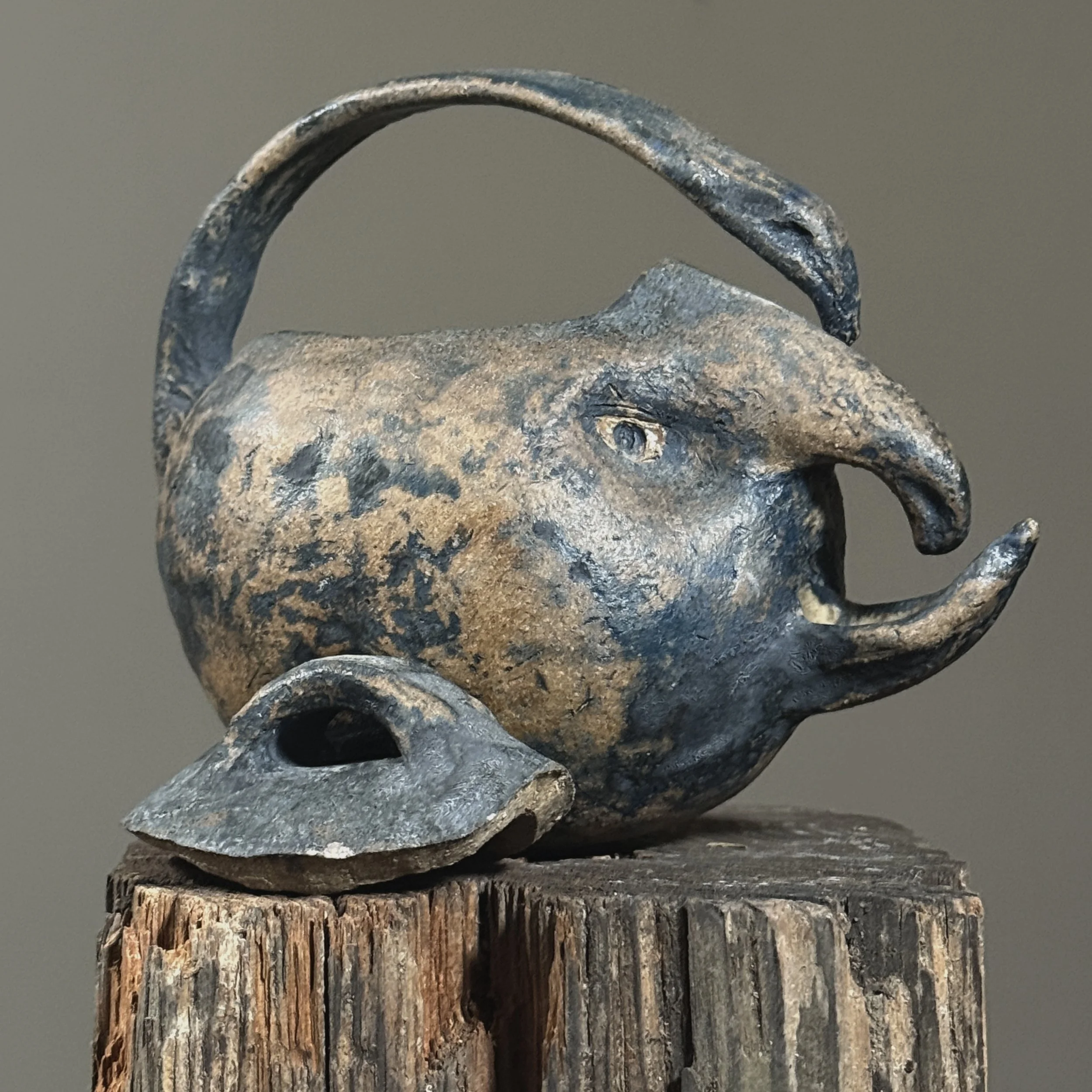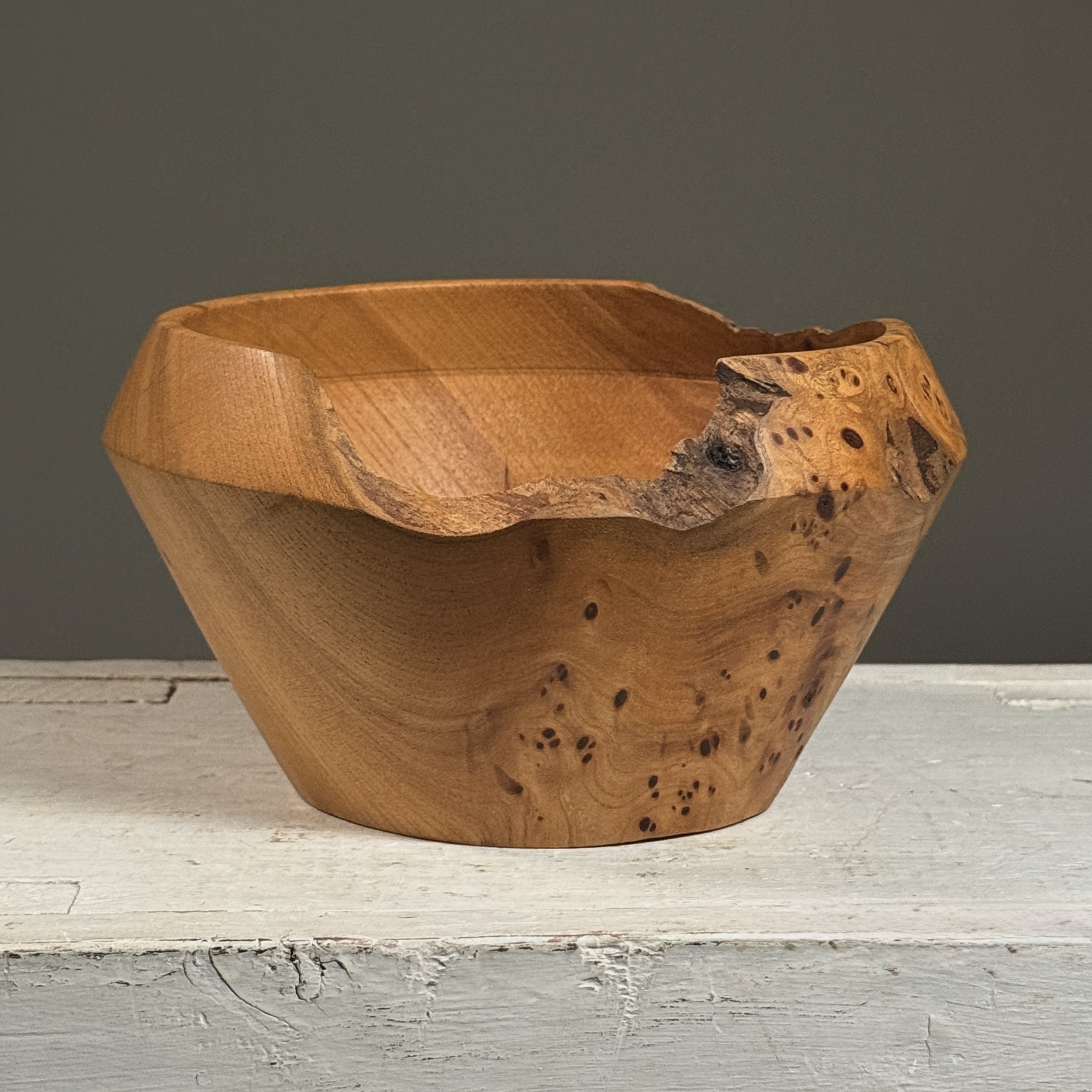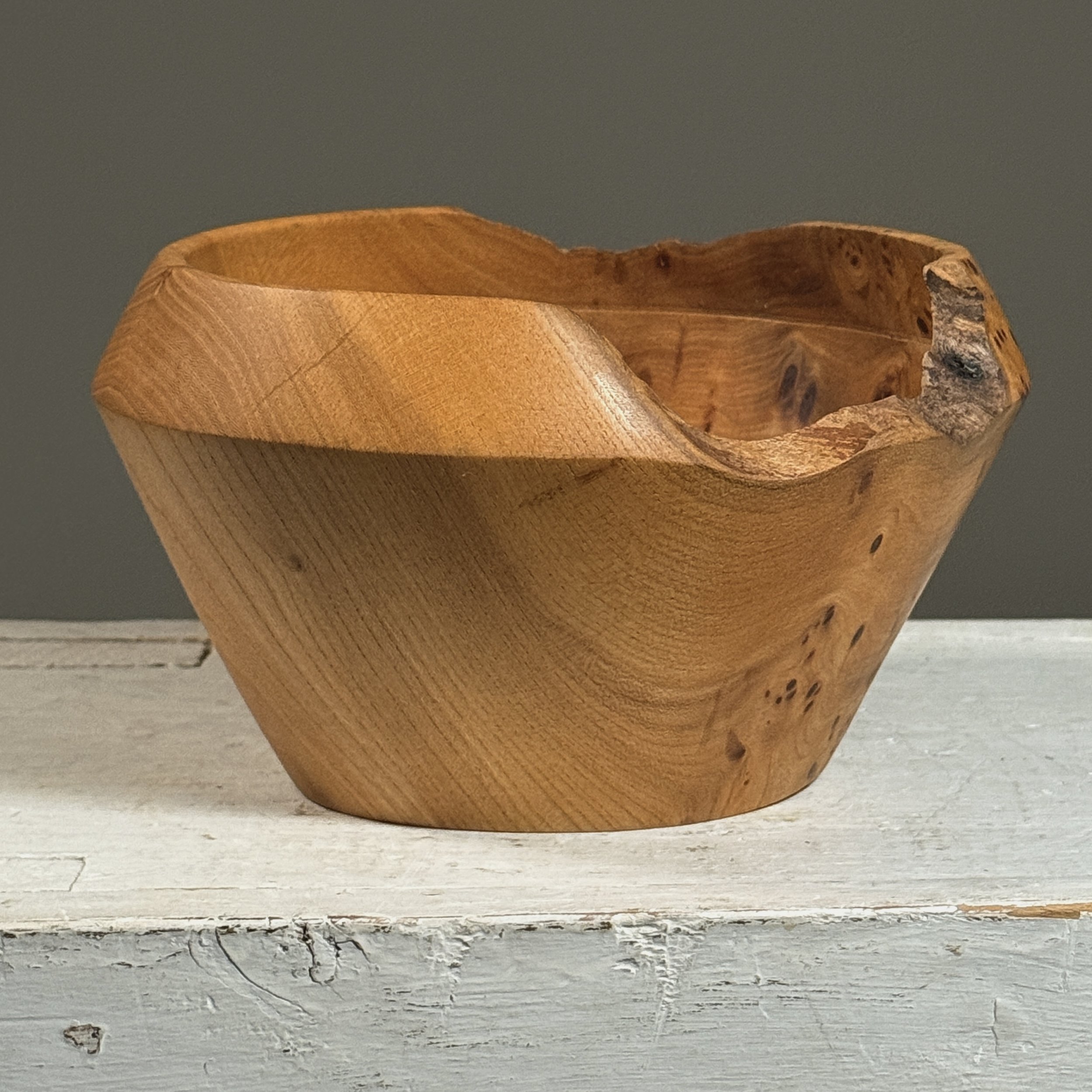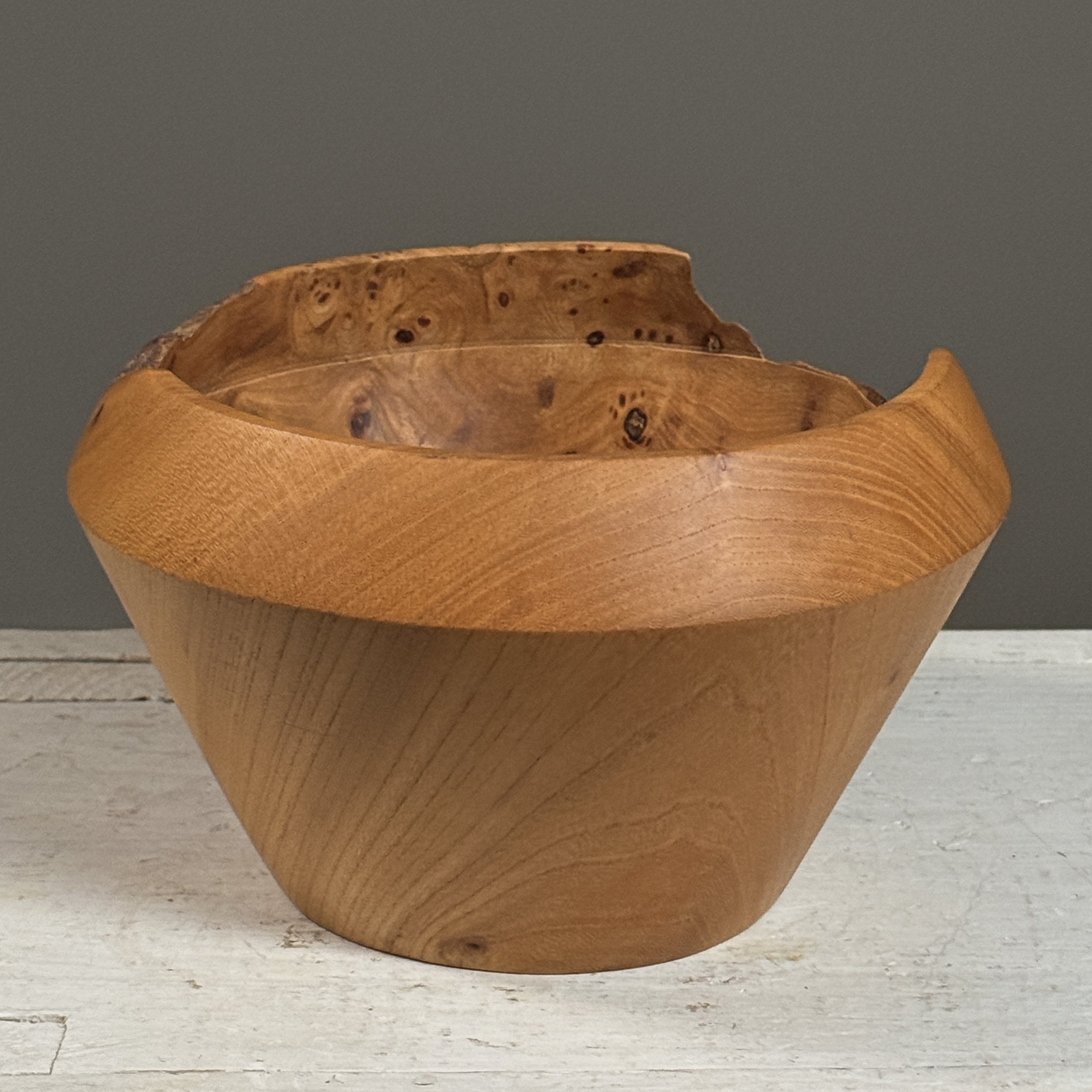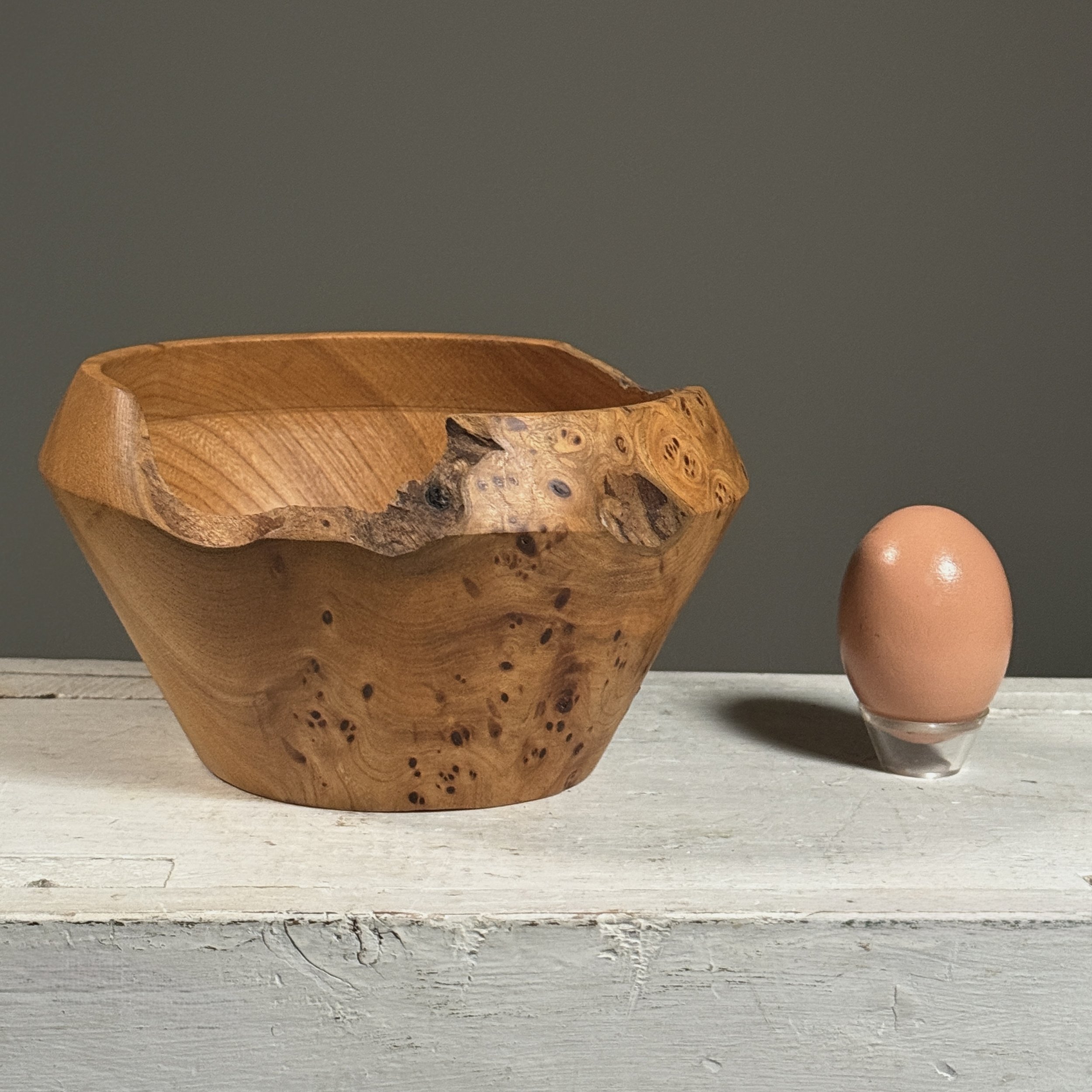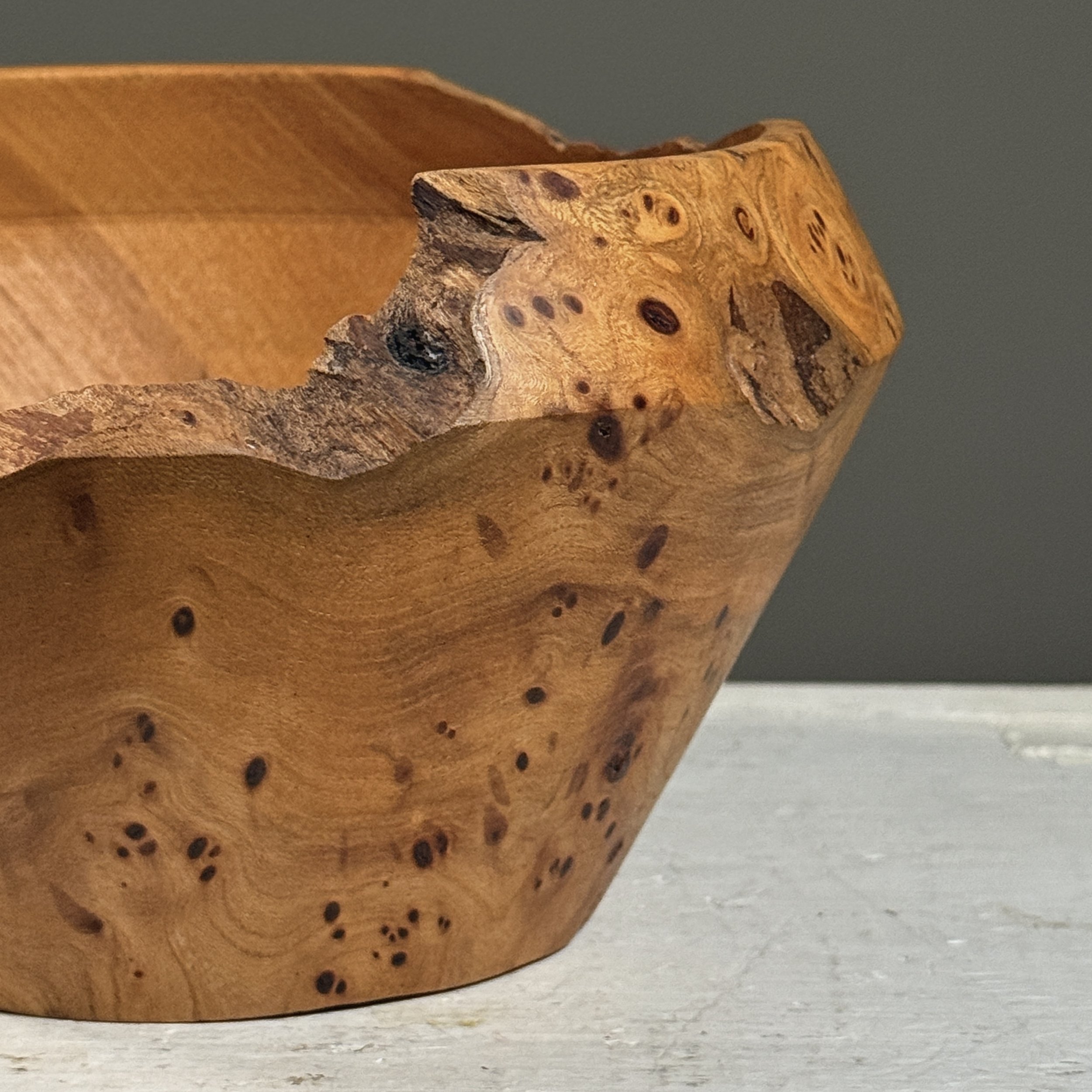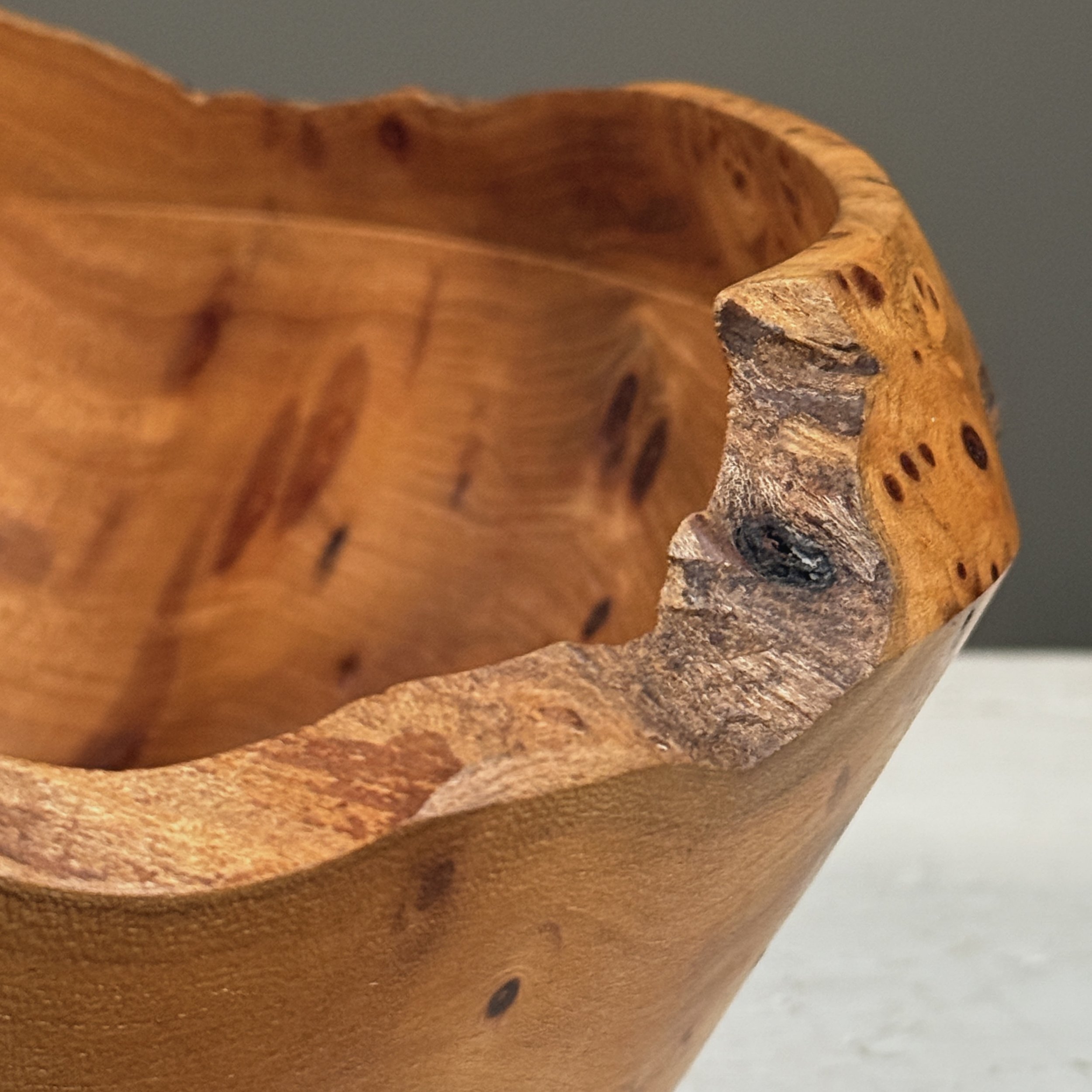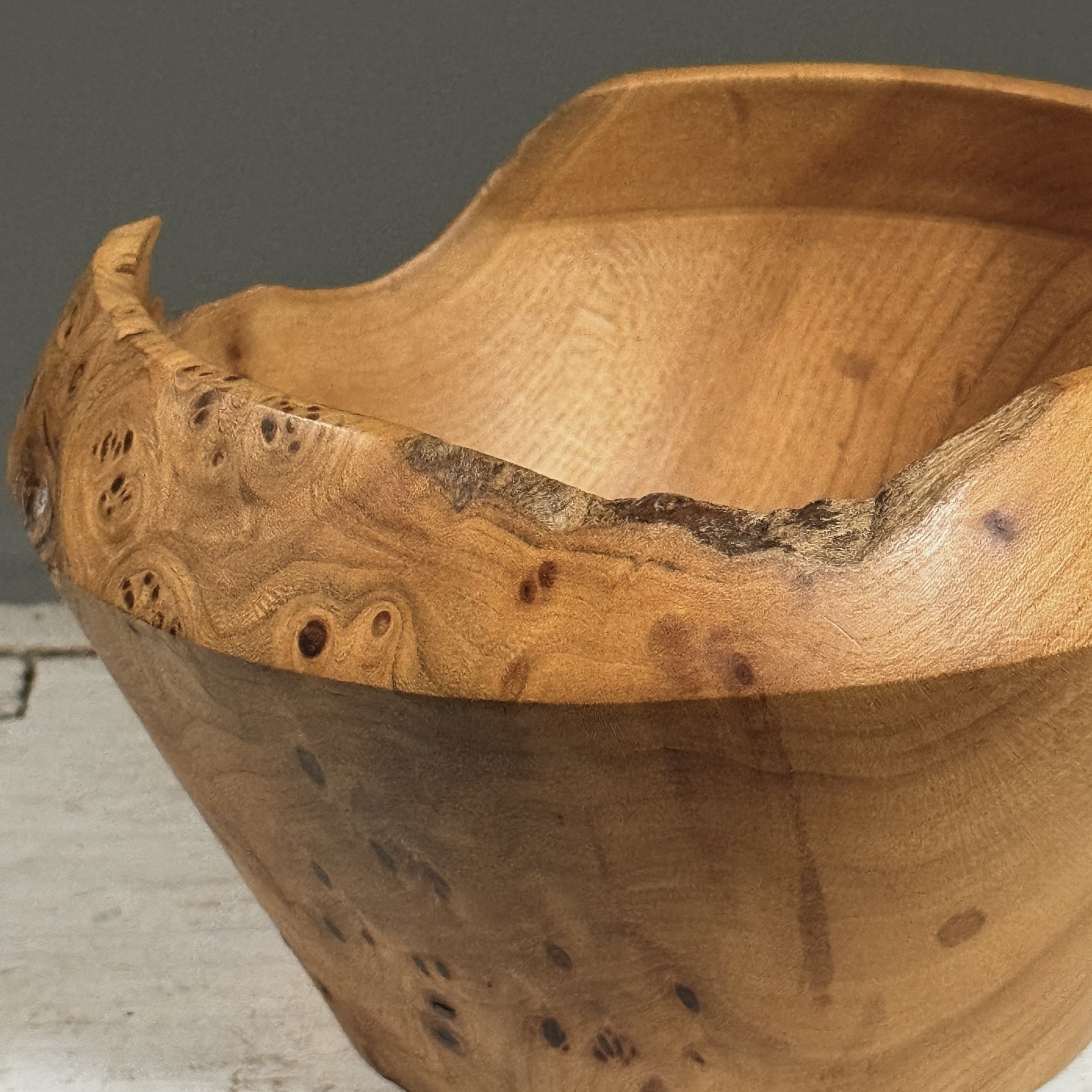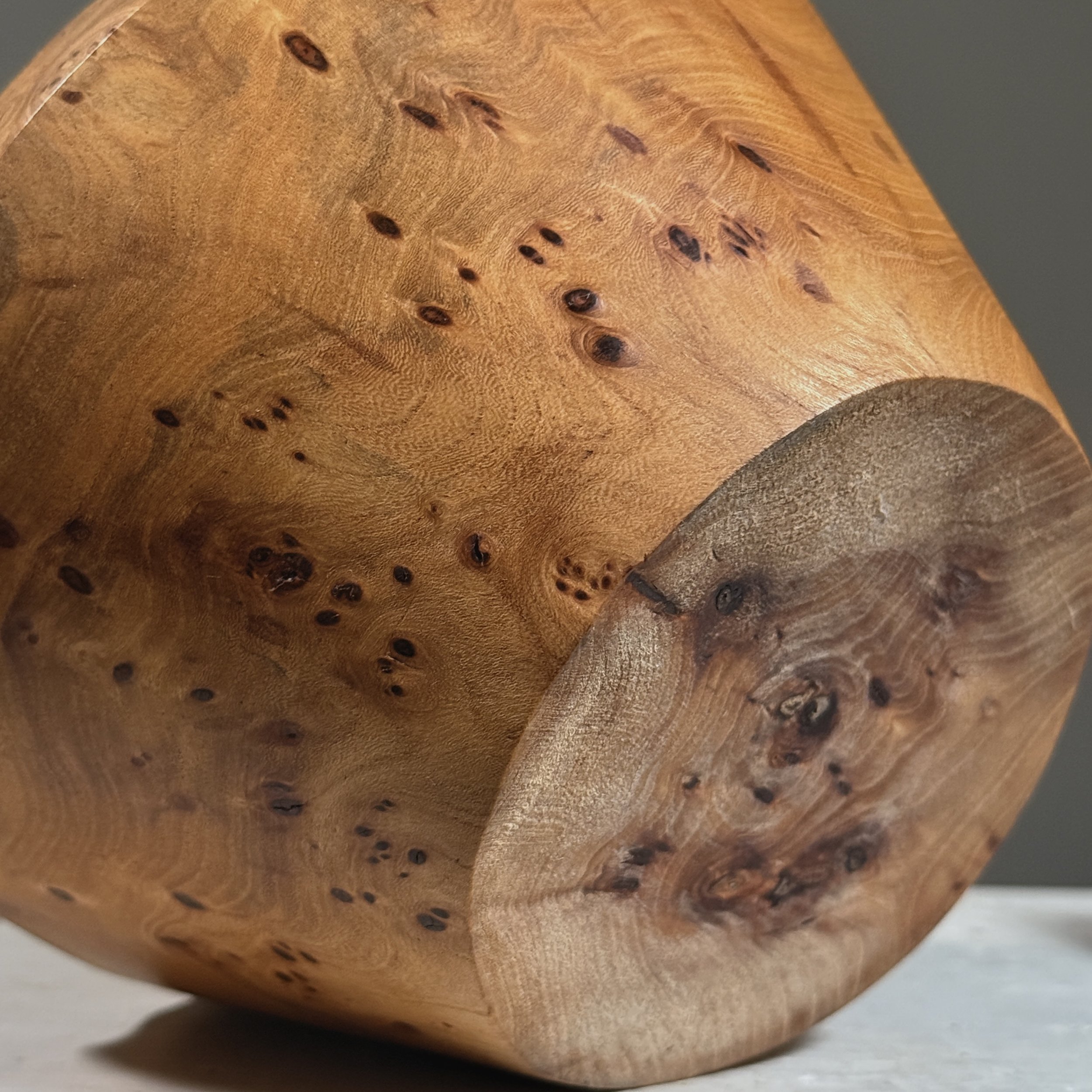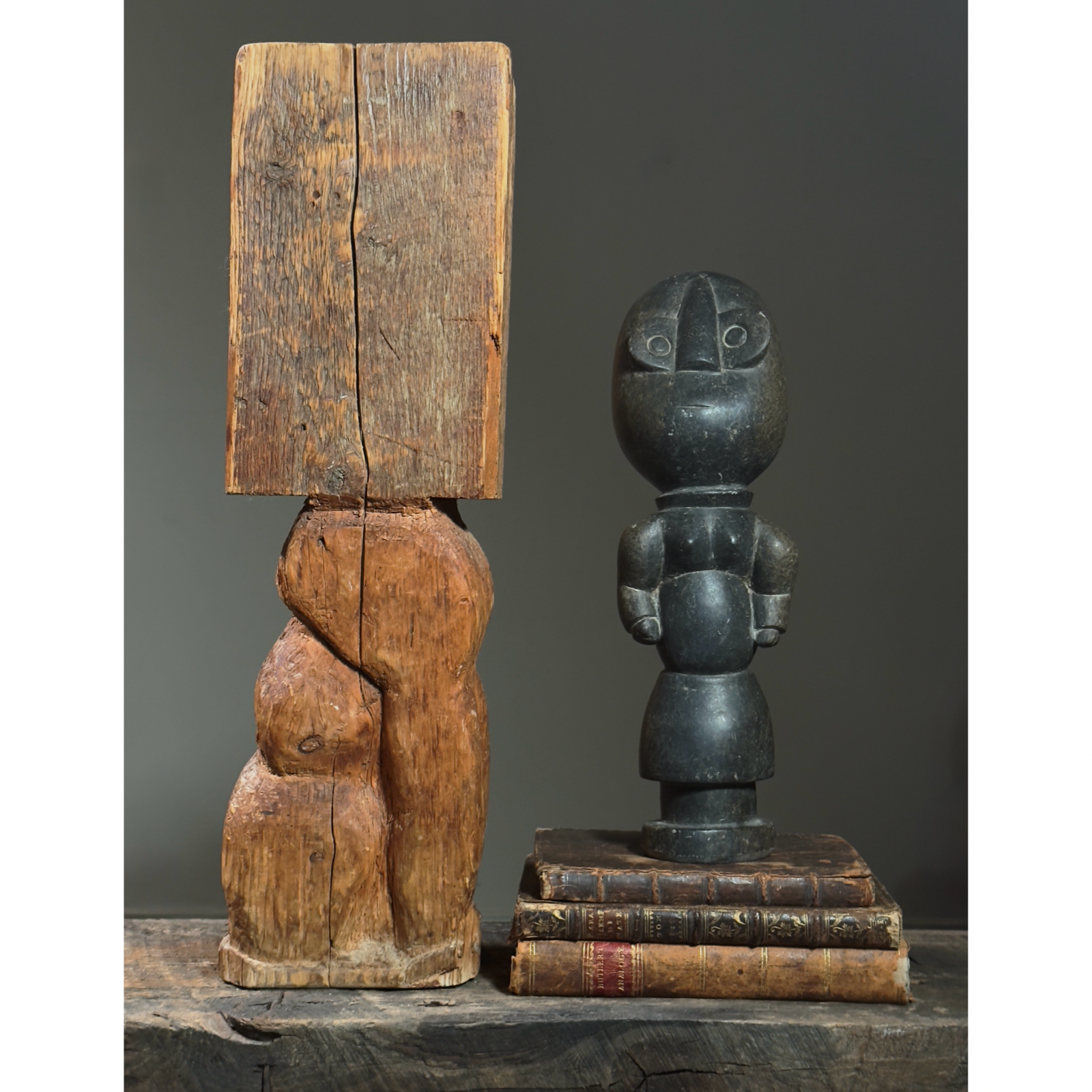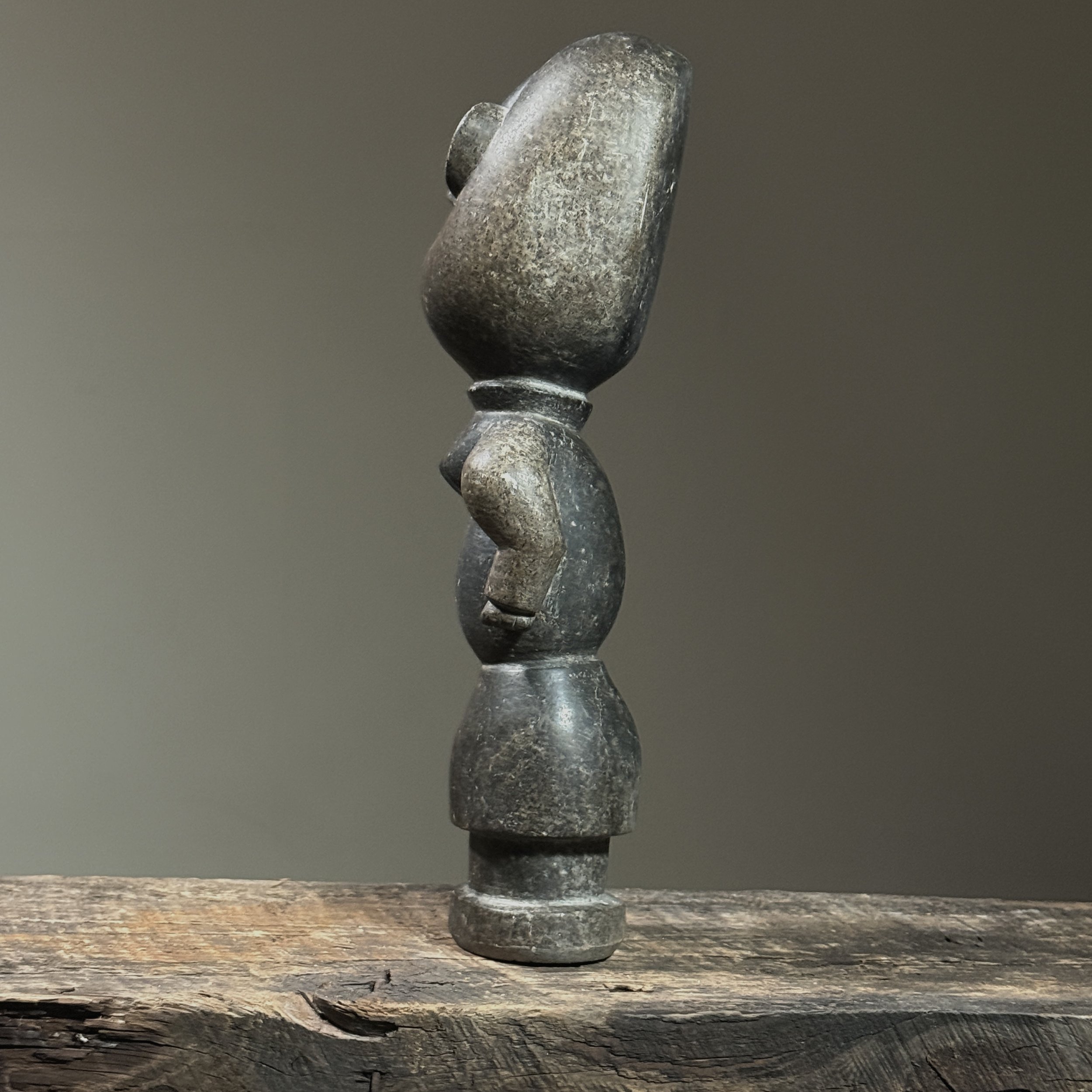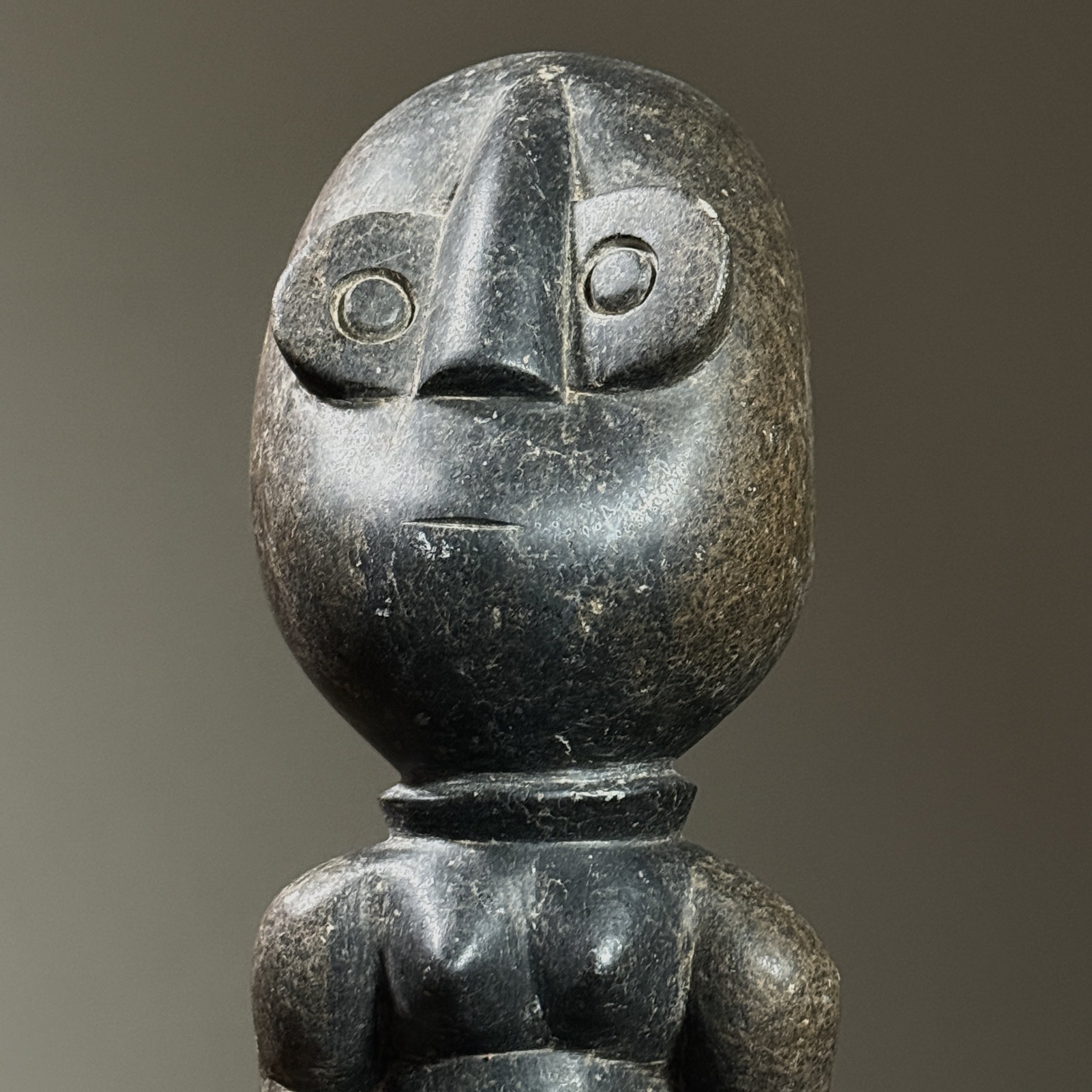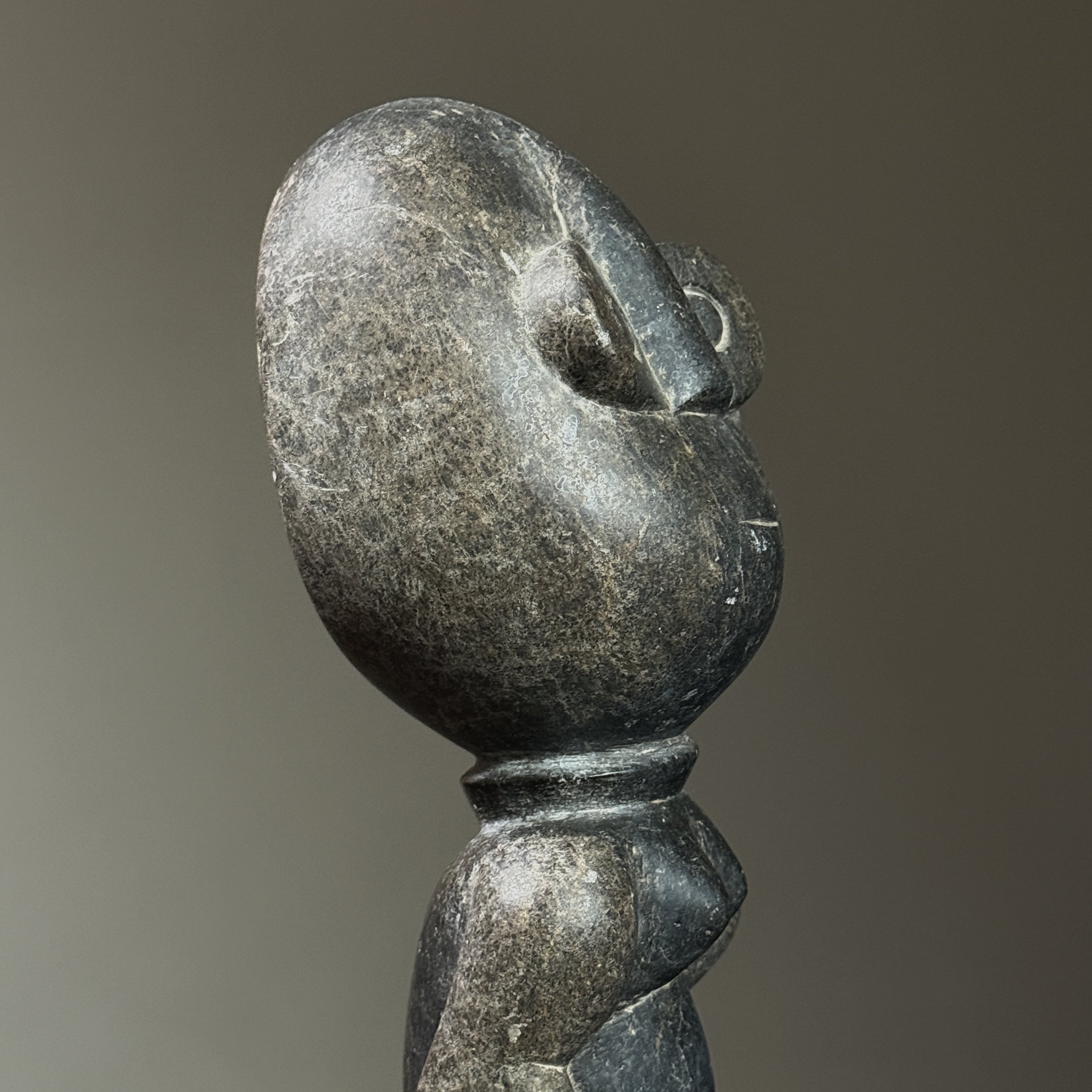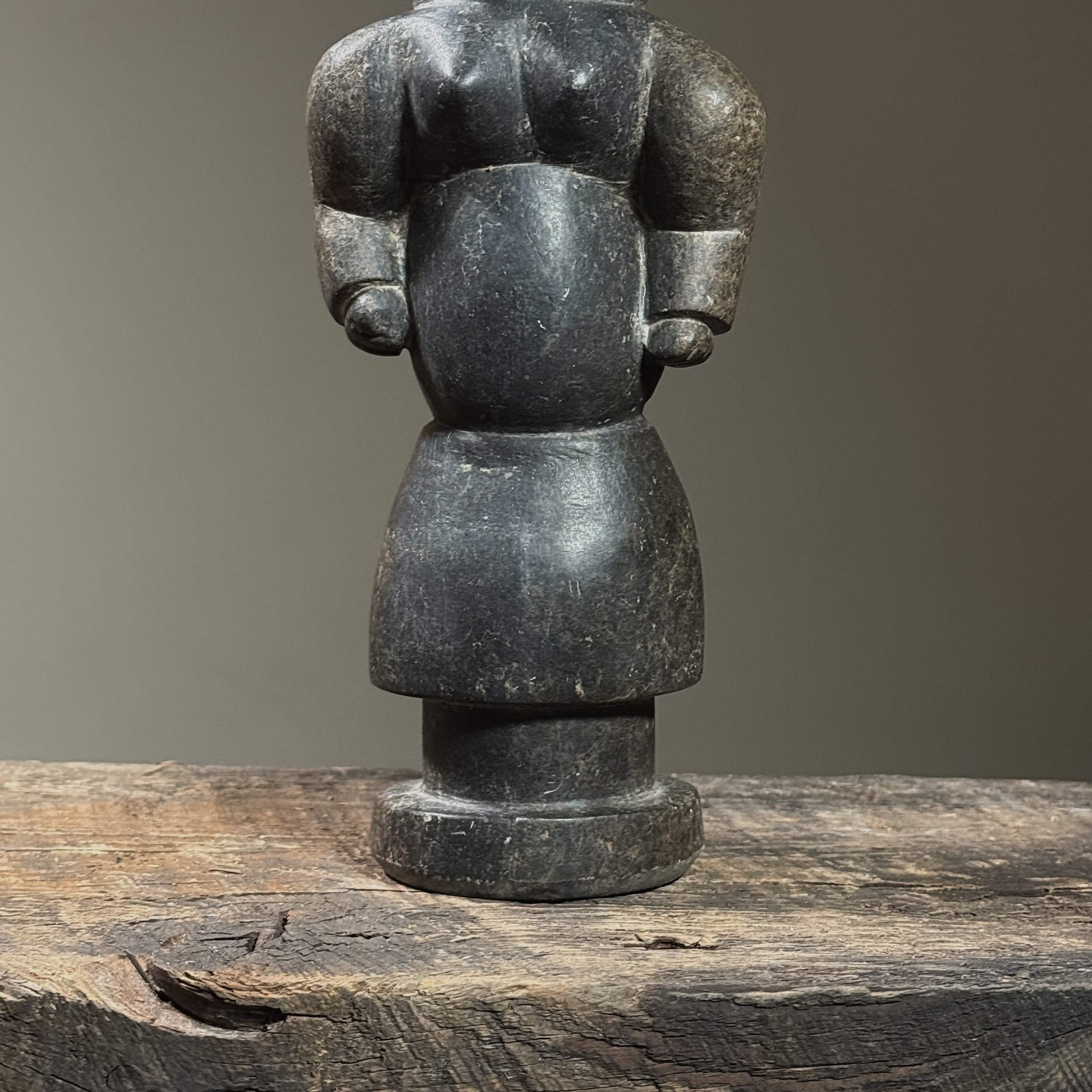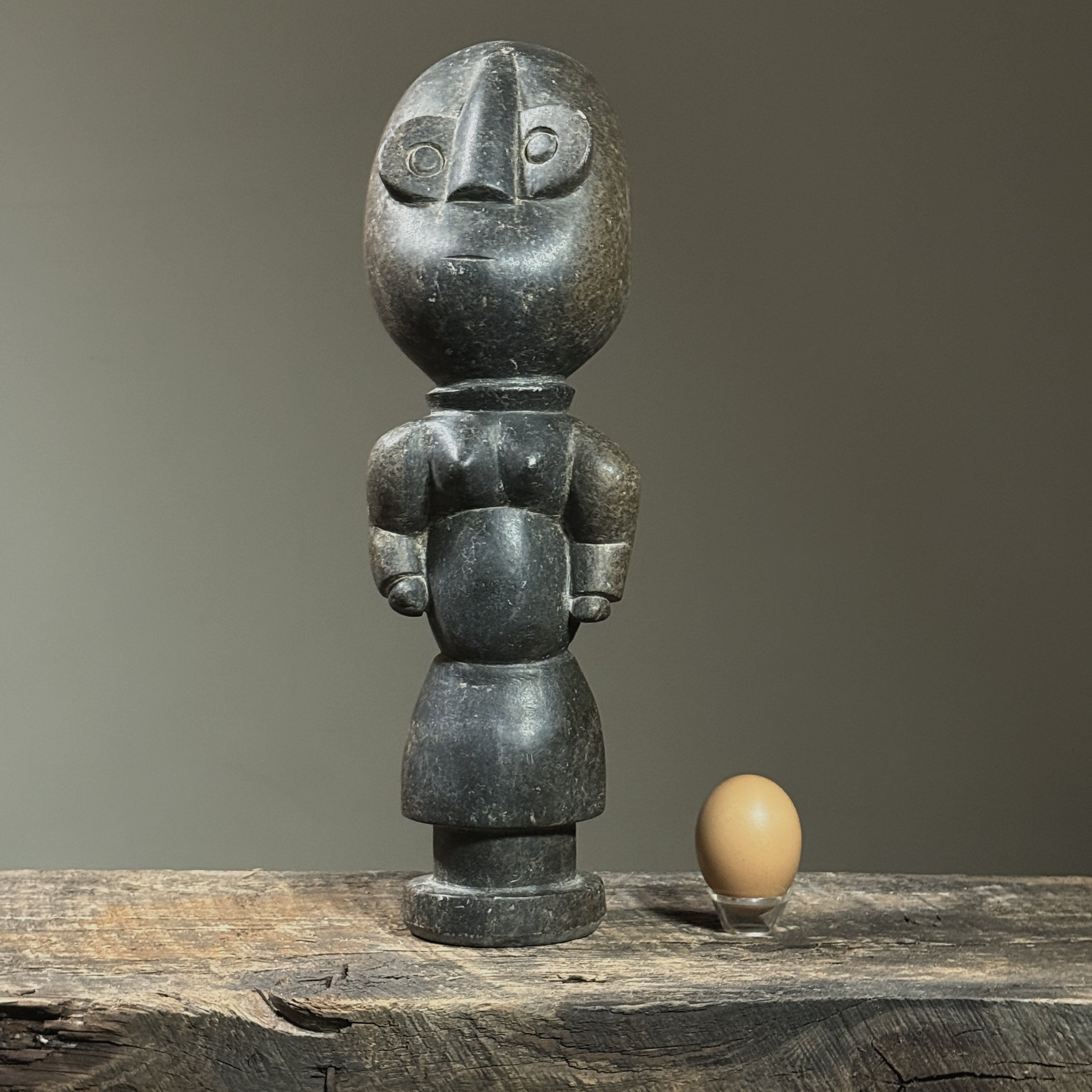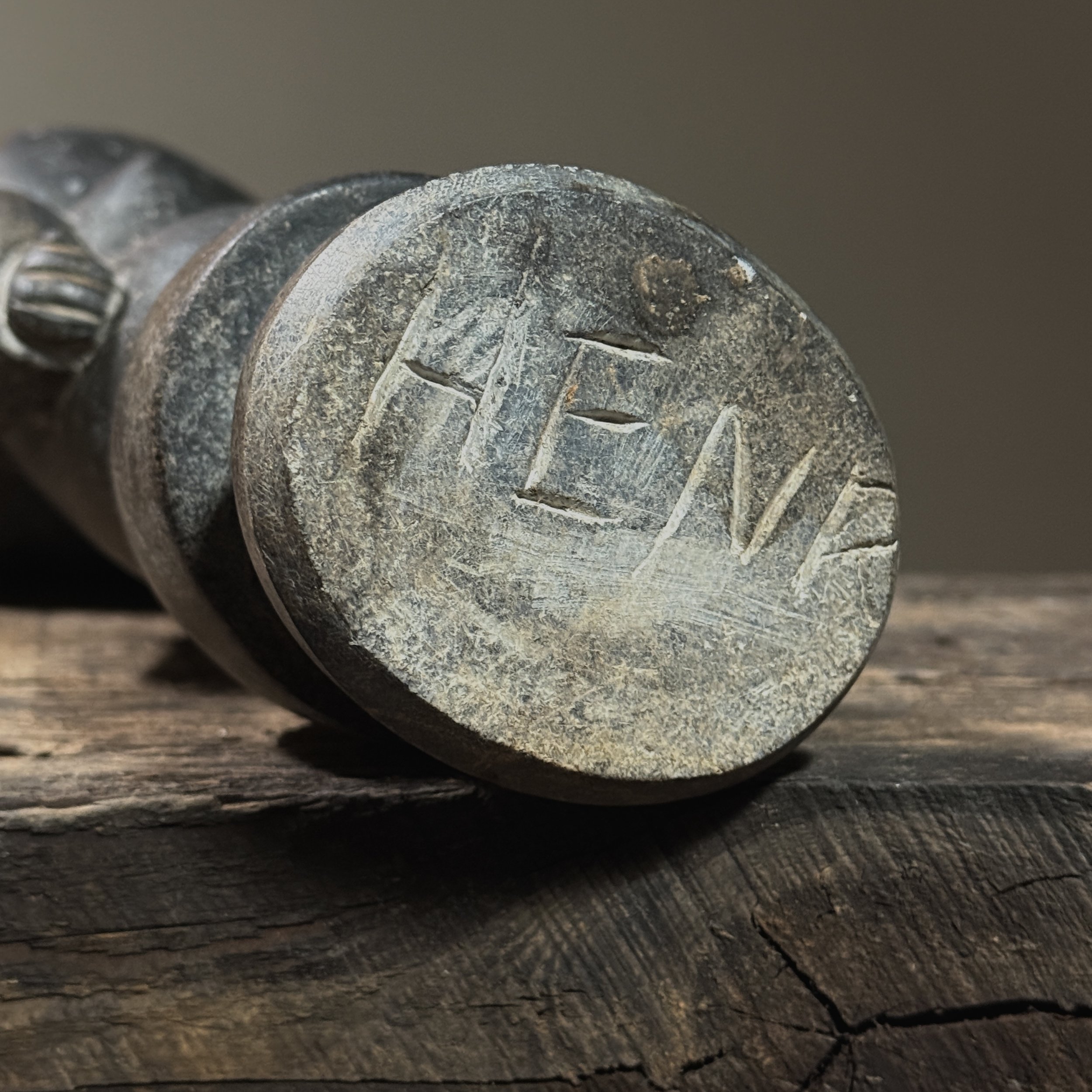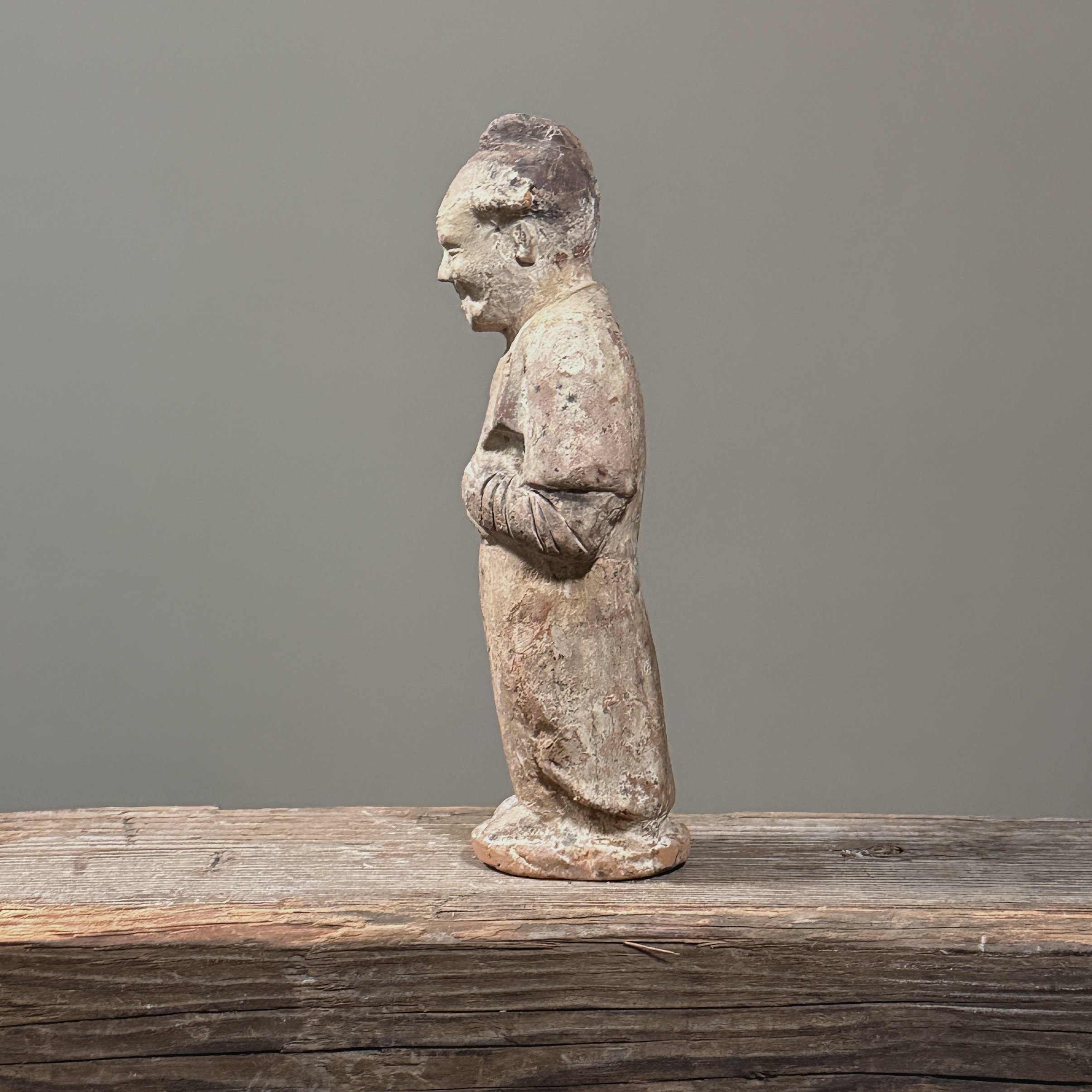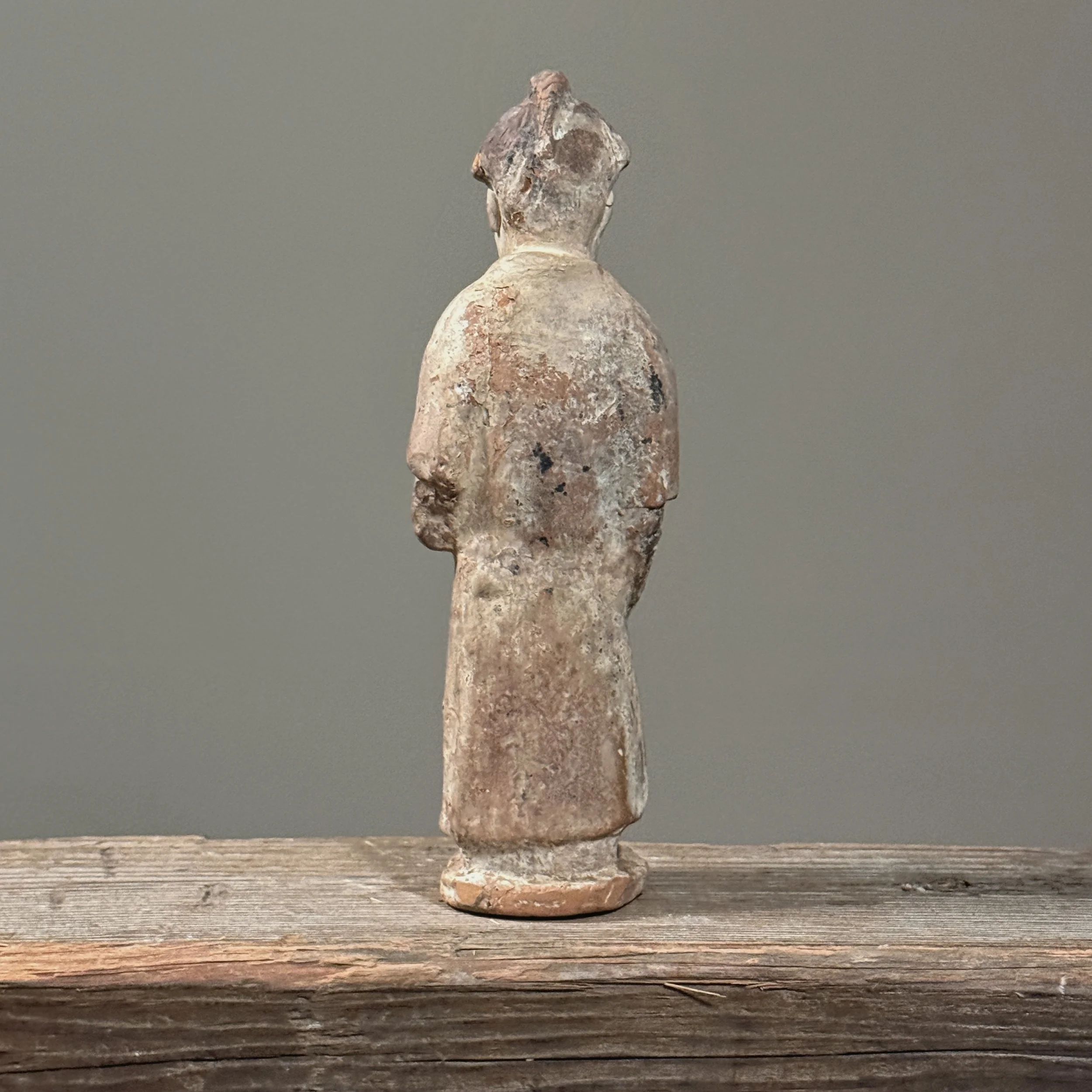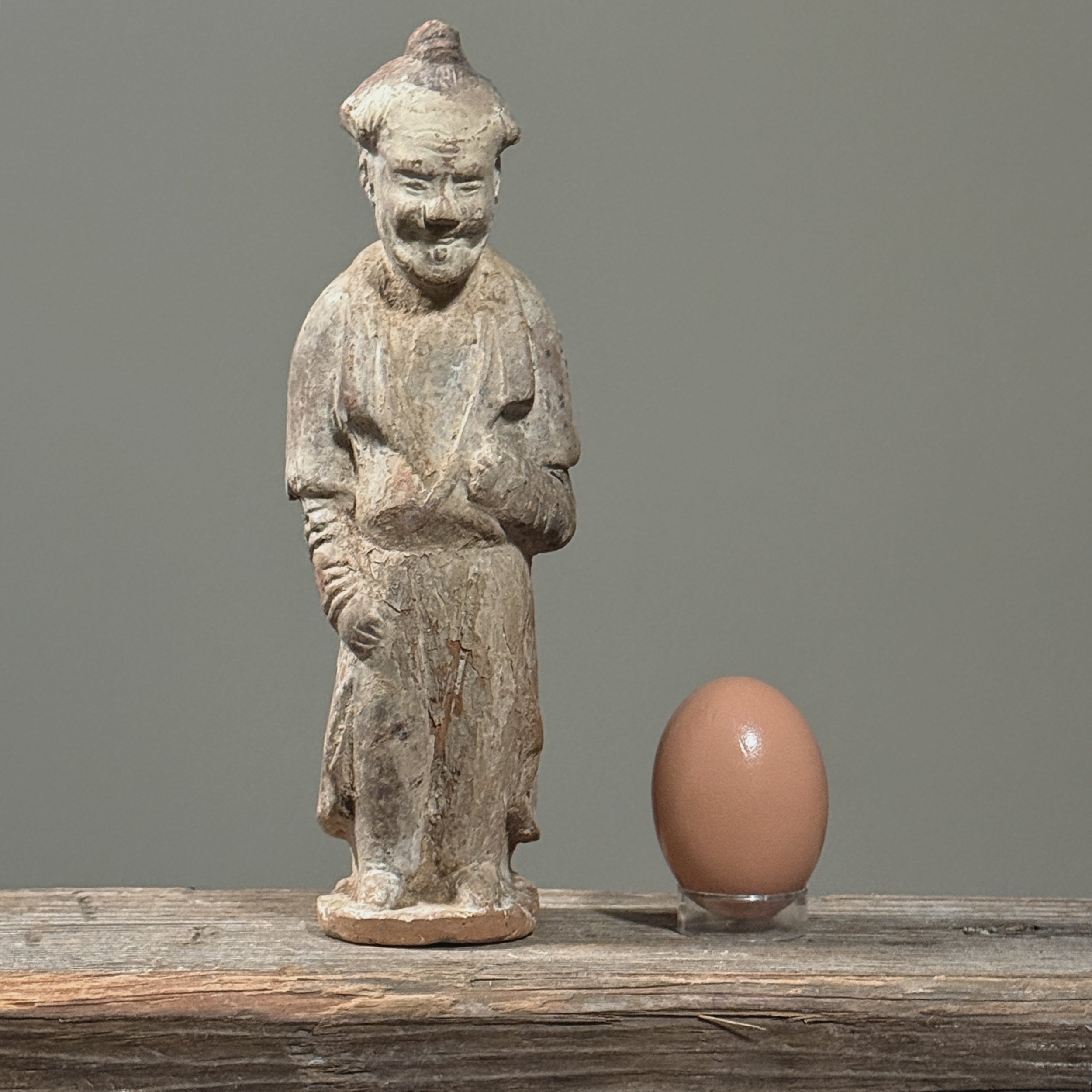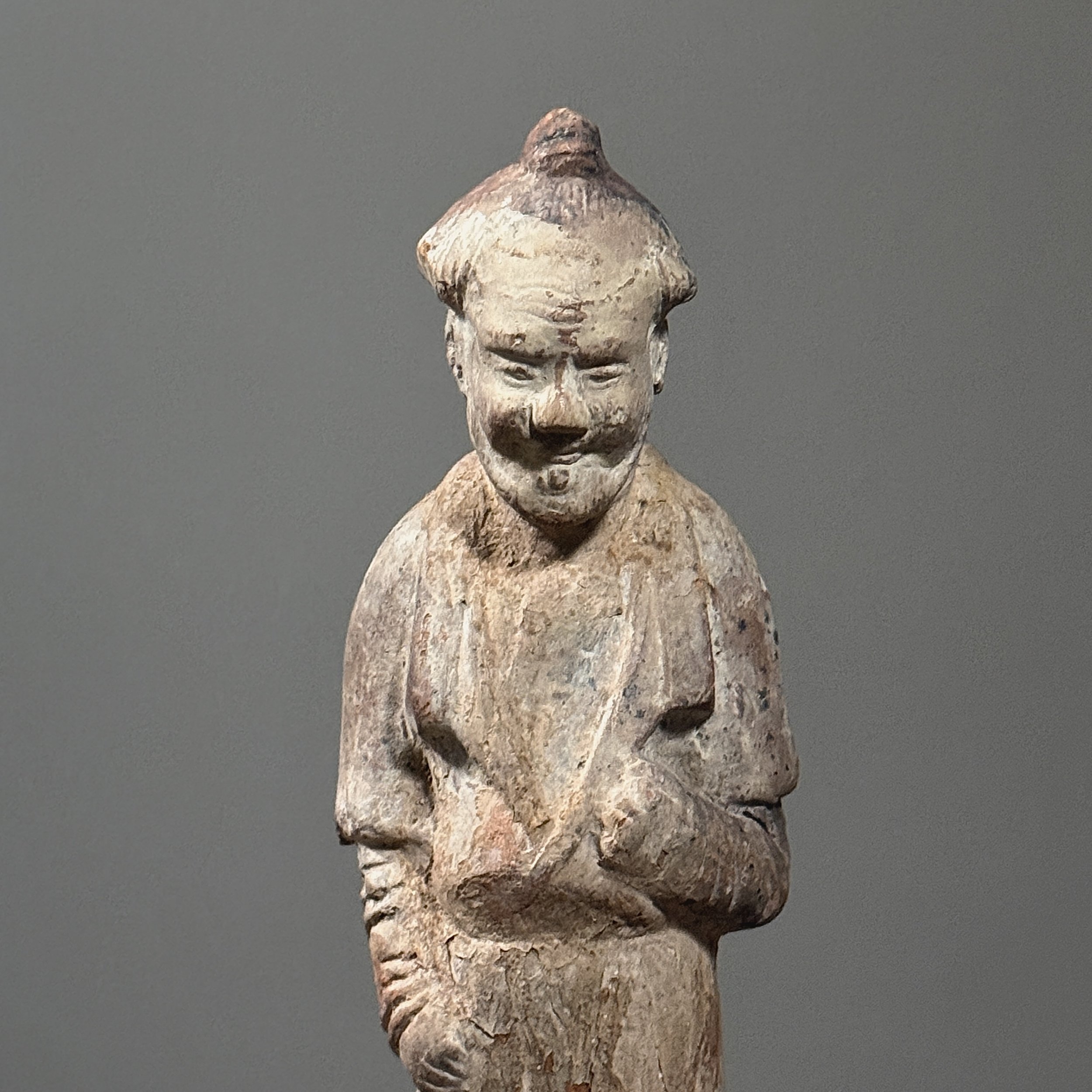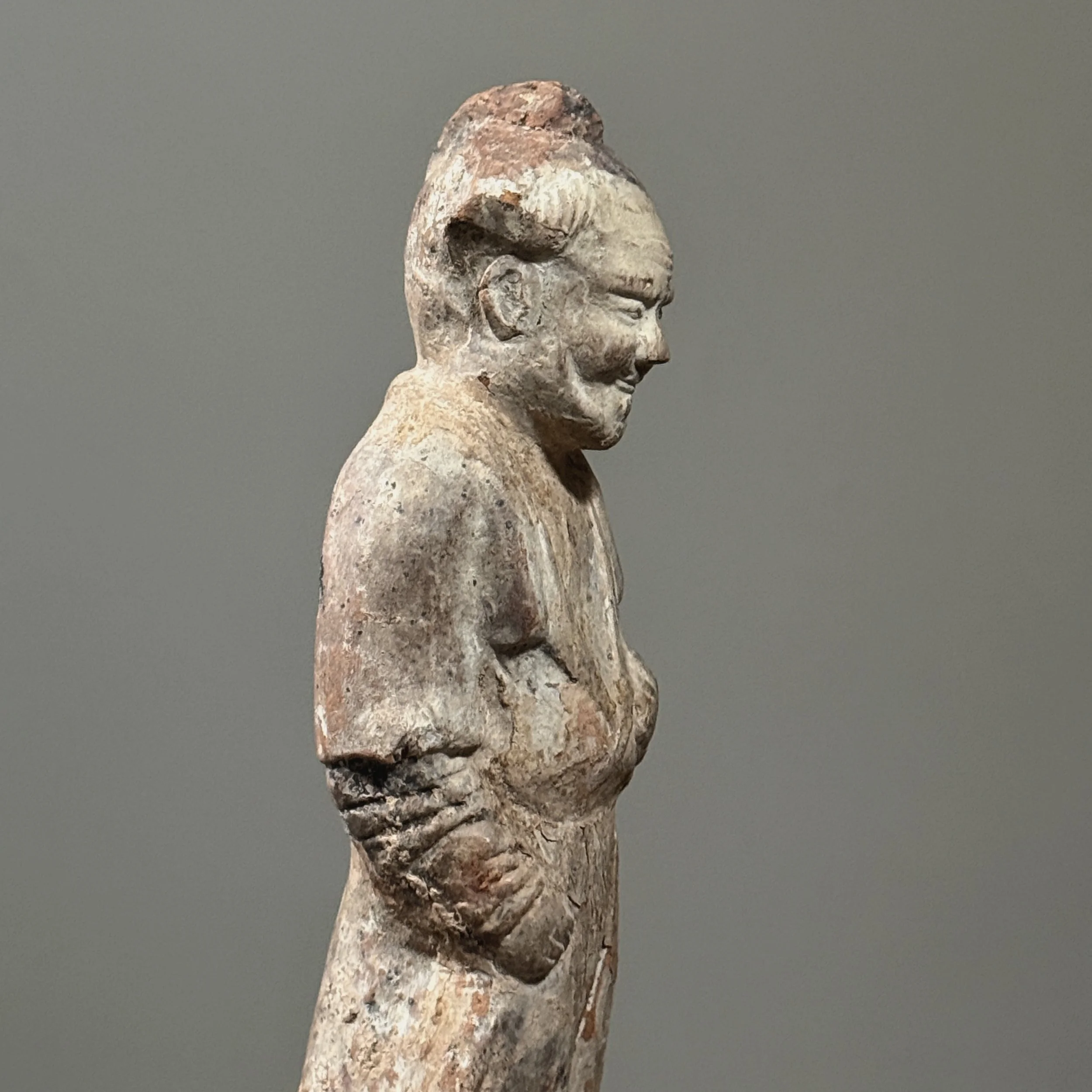 Image 1 of 14
Image 1 of 14

 Image 2 of 14
Image 2 of 14

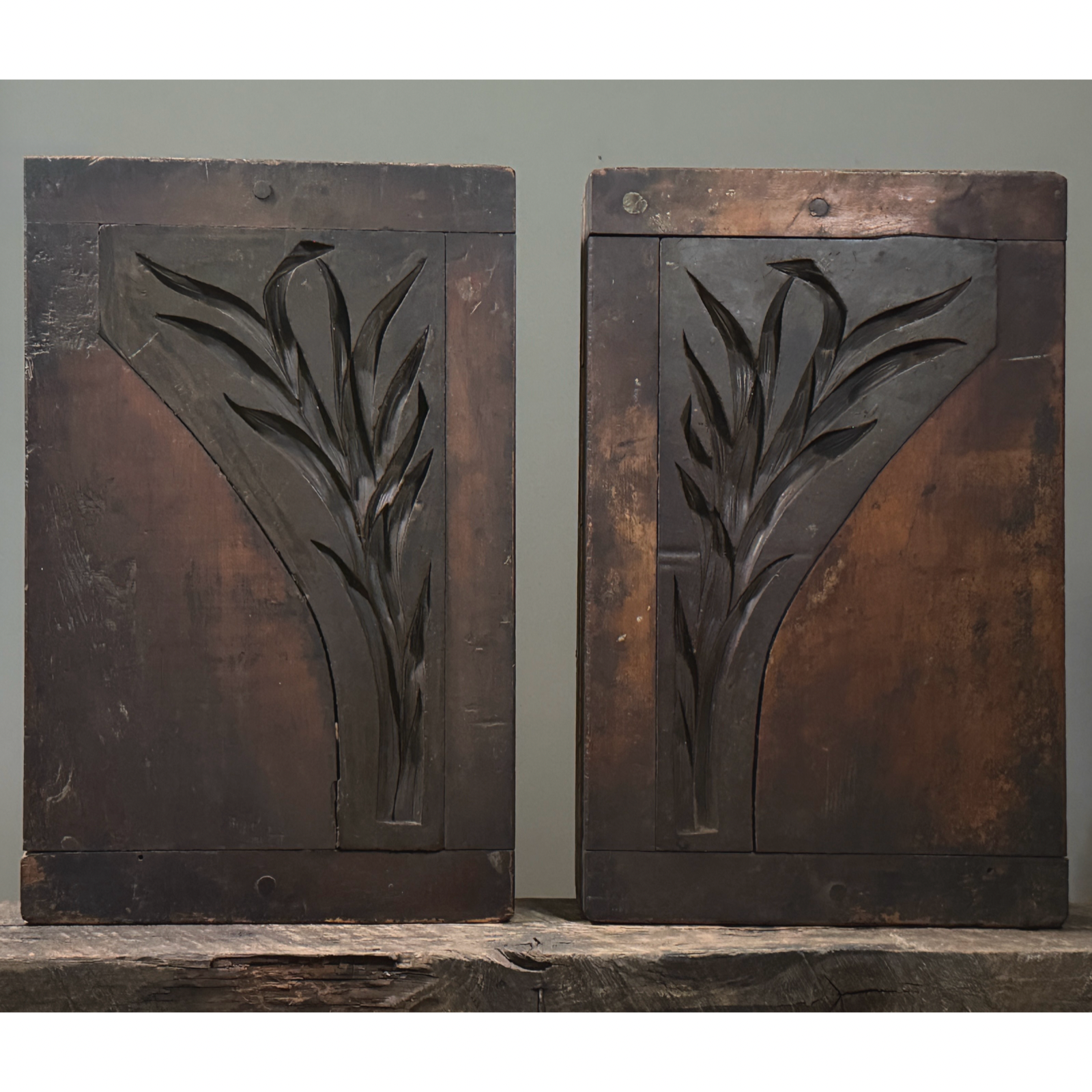 Image 3 of 14
Image 3 of 14

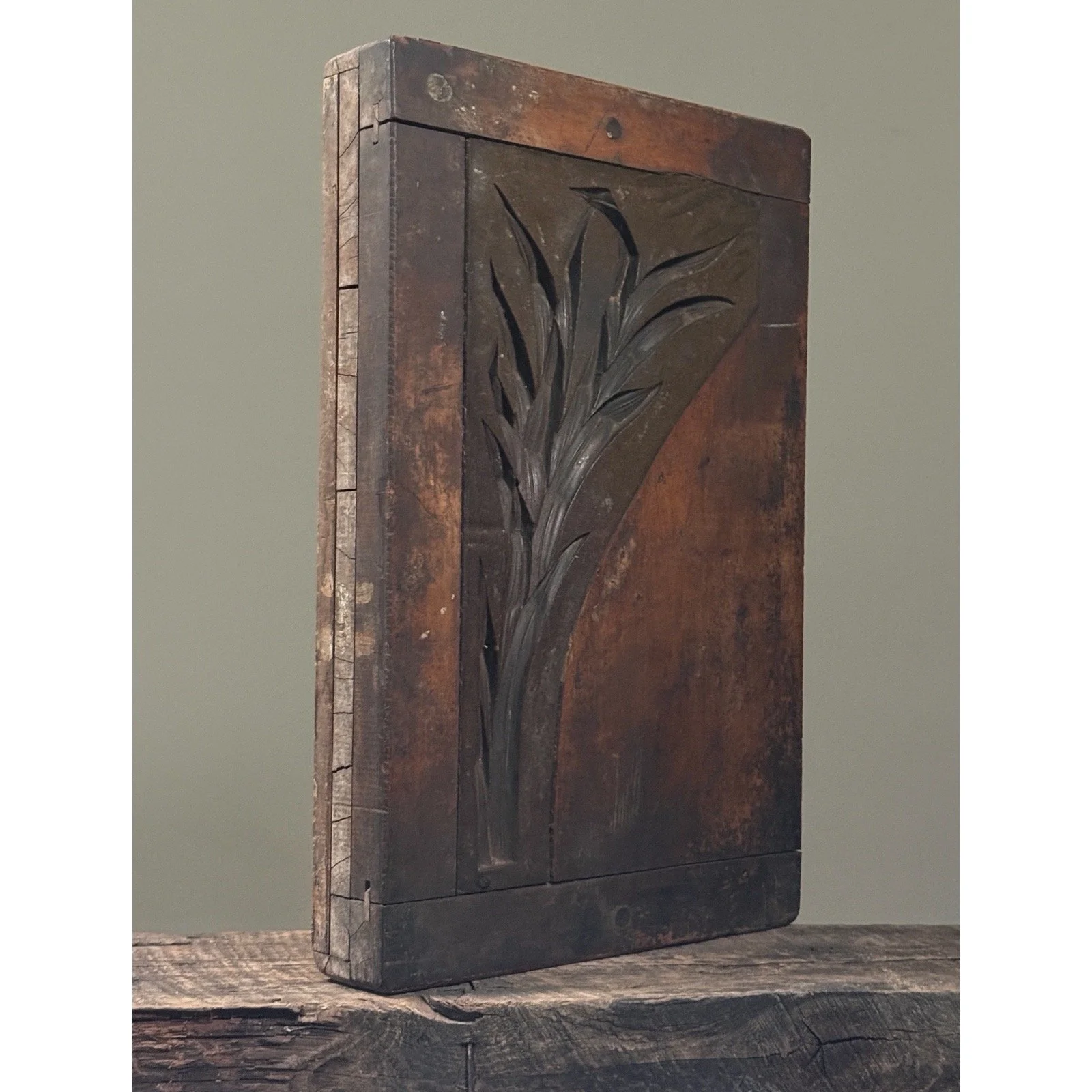 Image 4 of 14
Image 4 of 14

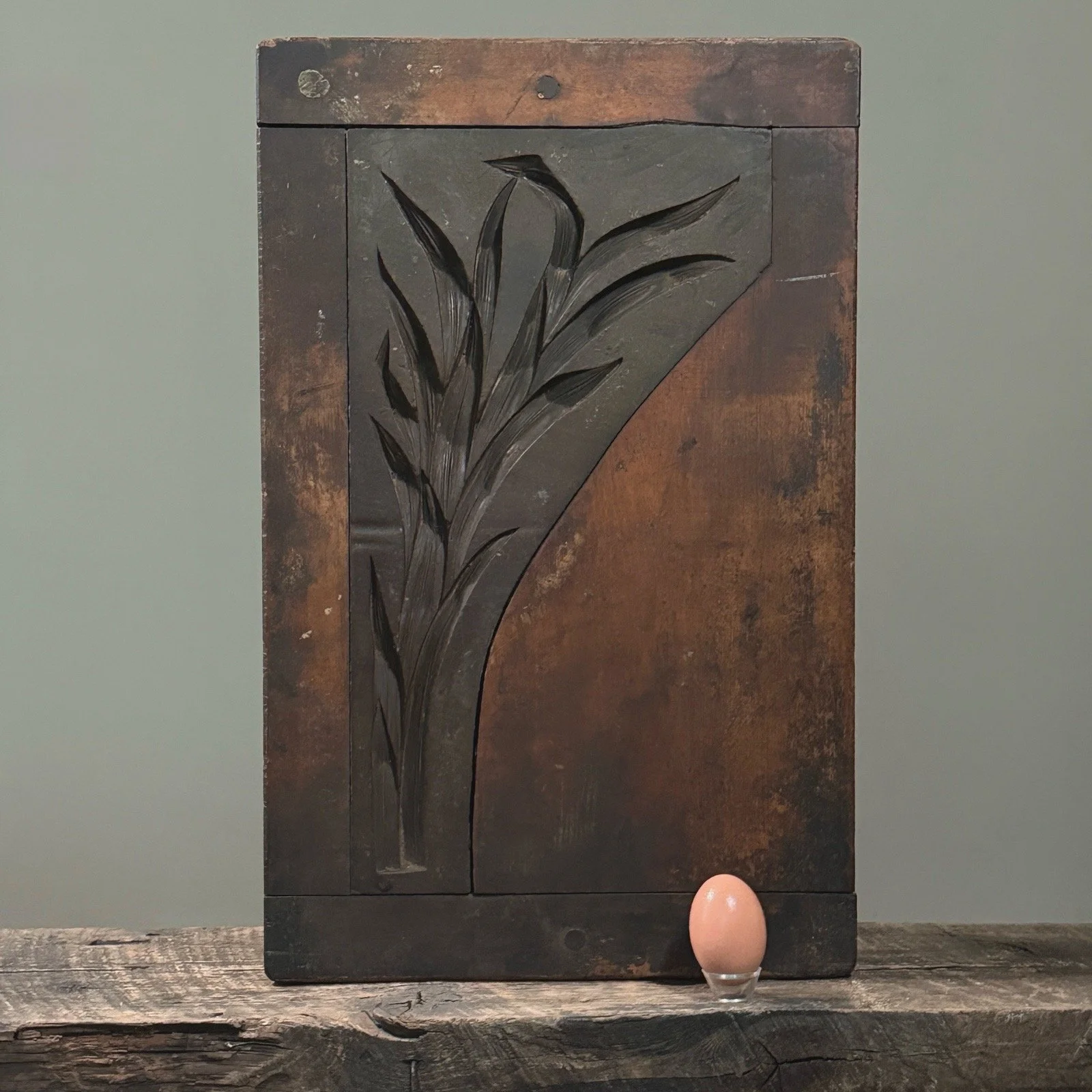 Image 5 of 14
Image 5 of 14

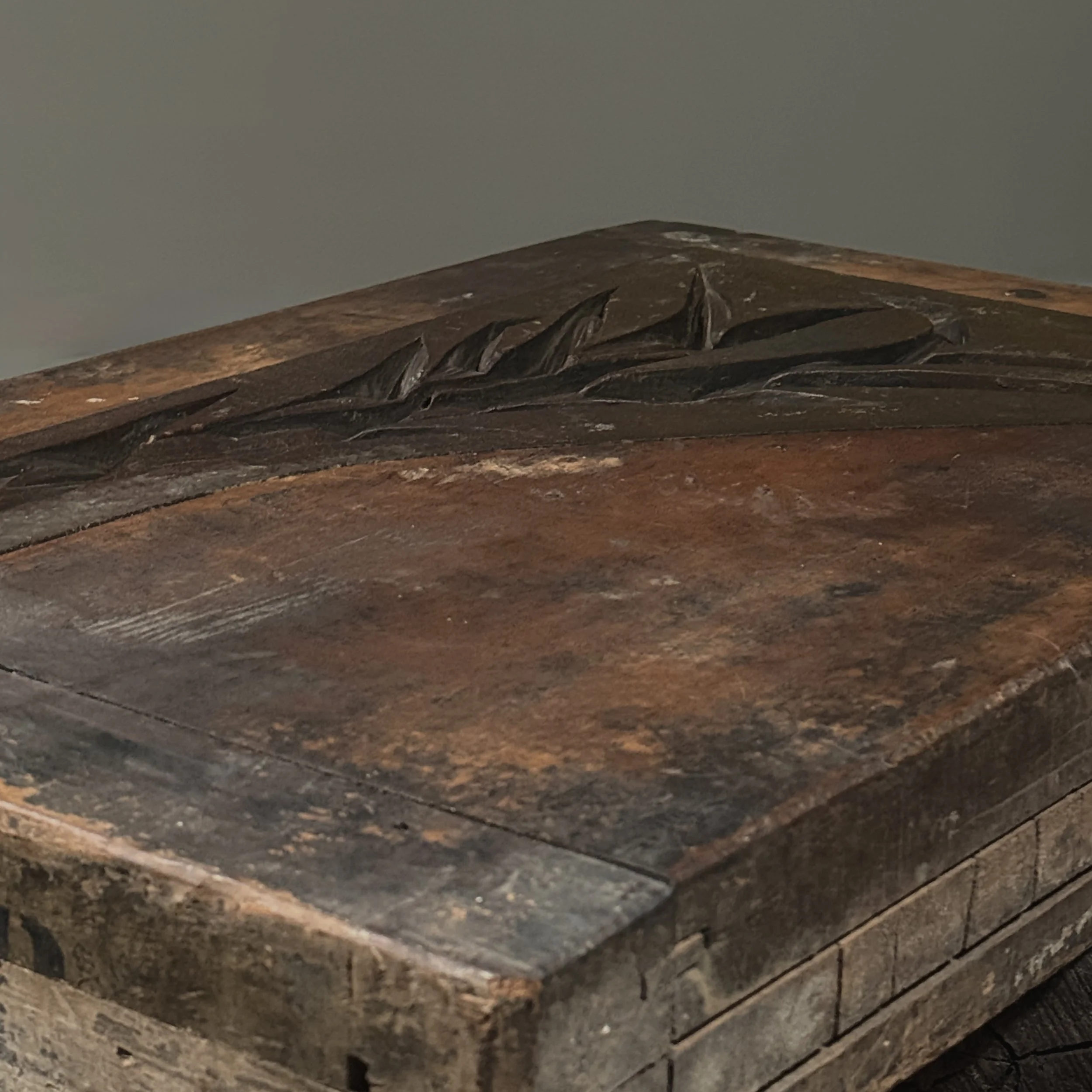 Image 6 of 14
Image 6 of 14

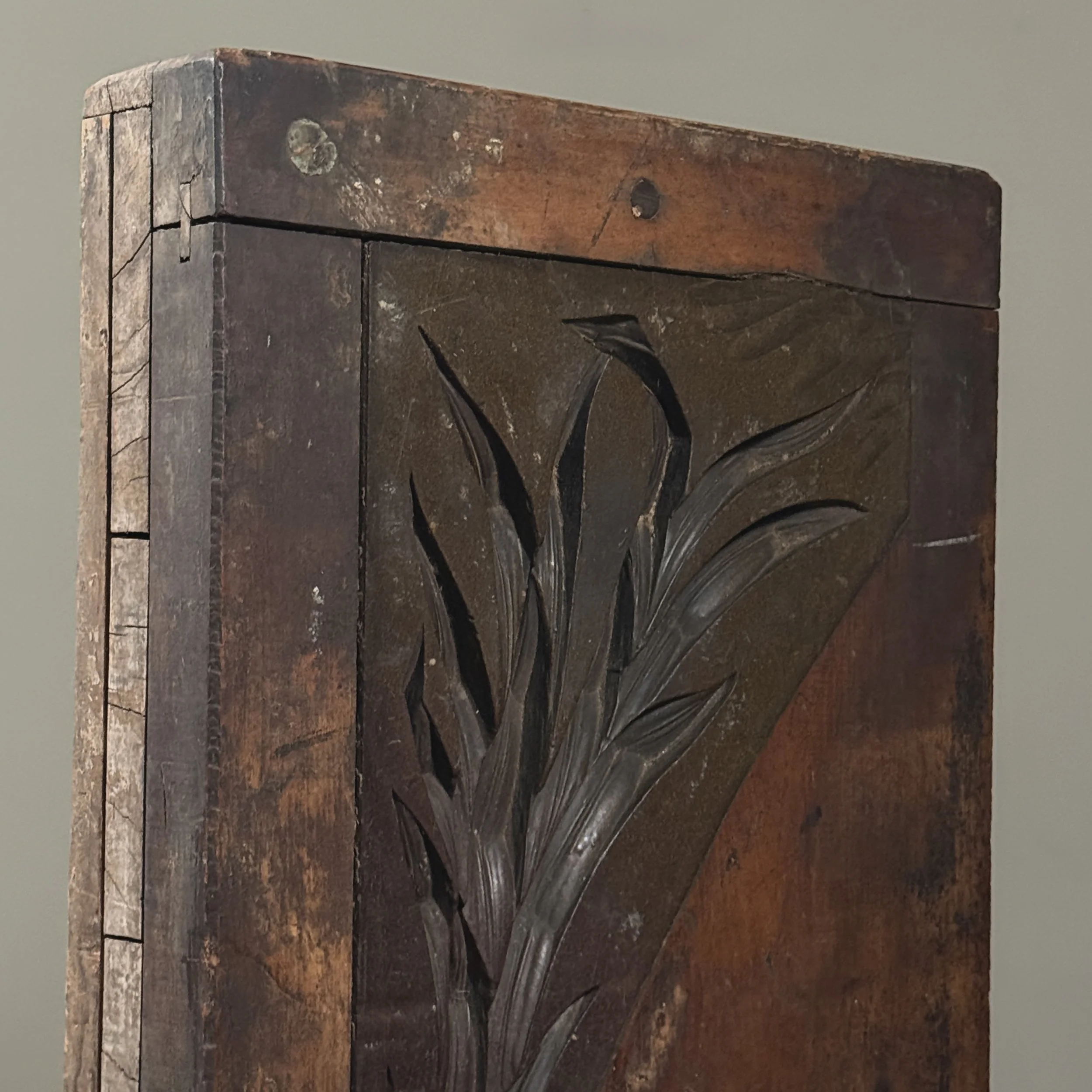 Image 7 of 14
Image 7 of 14

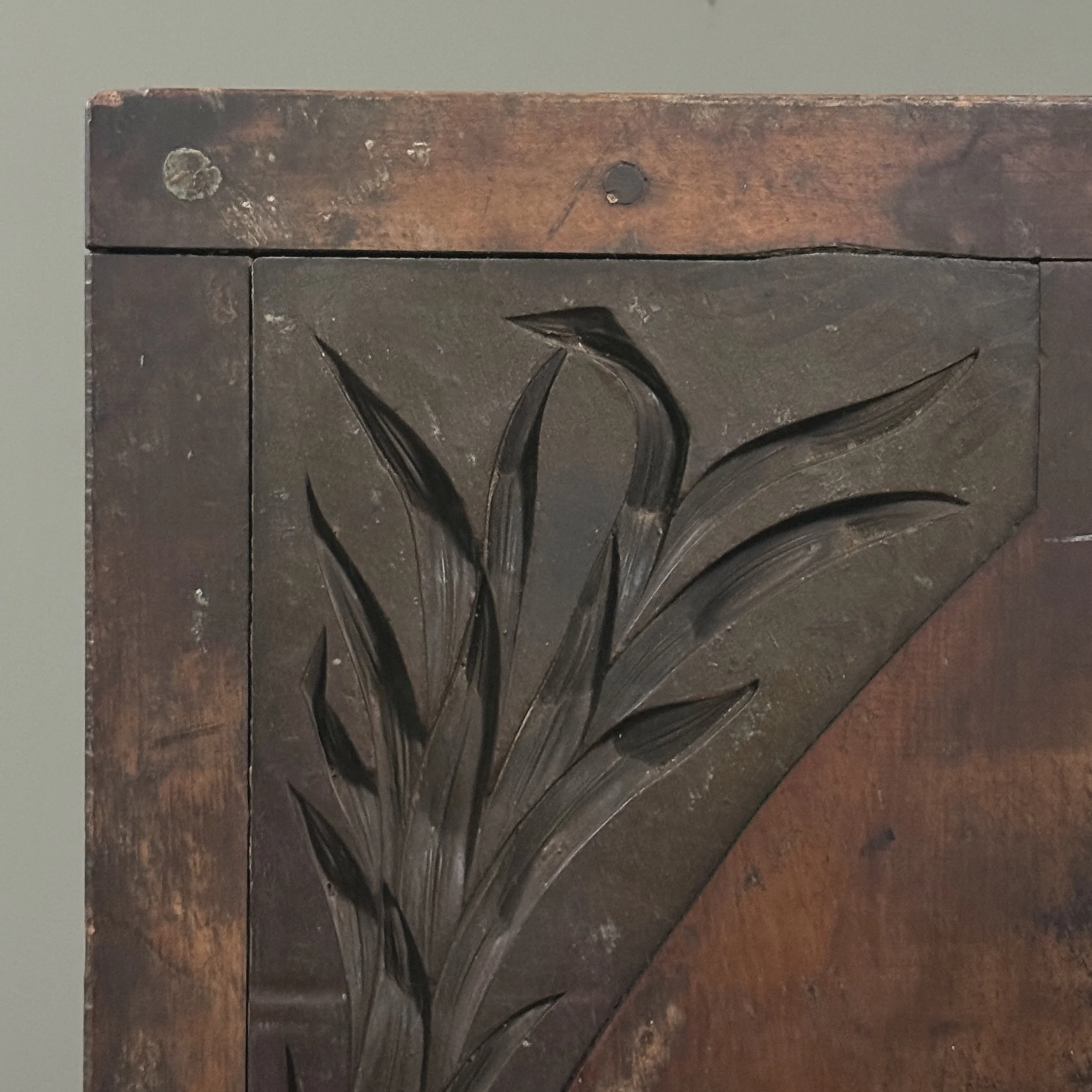 Image 8 of 14
Image 8 of 14

 Image 9 of 14
Image 9 of 14

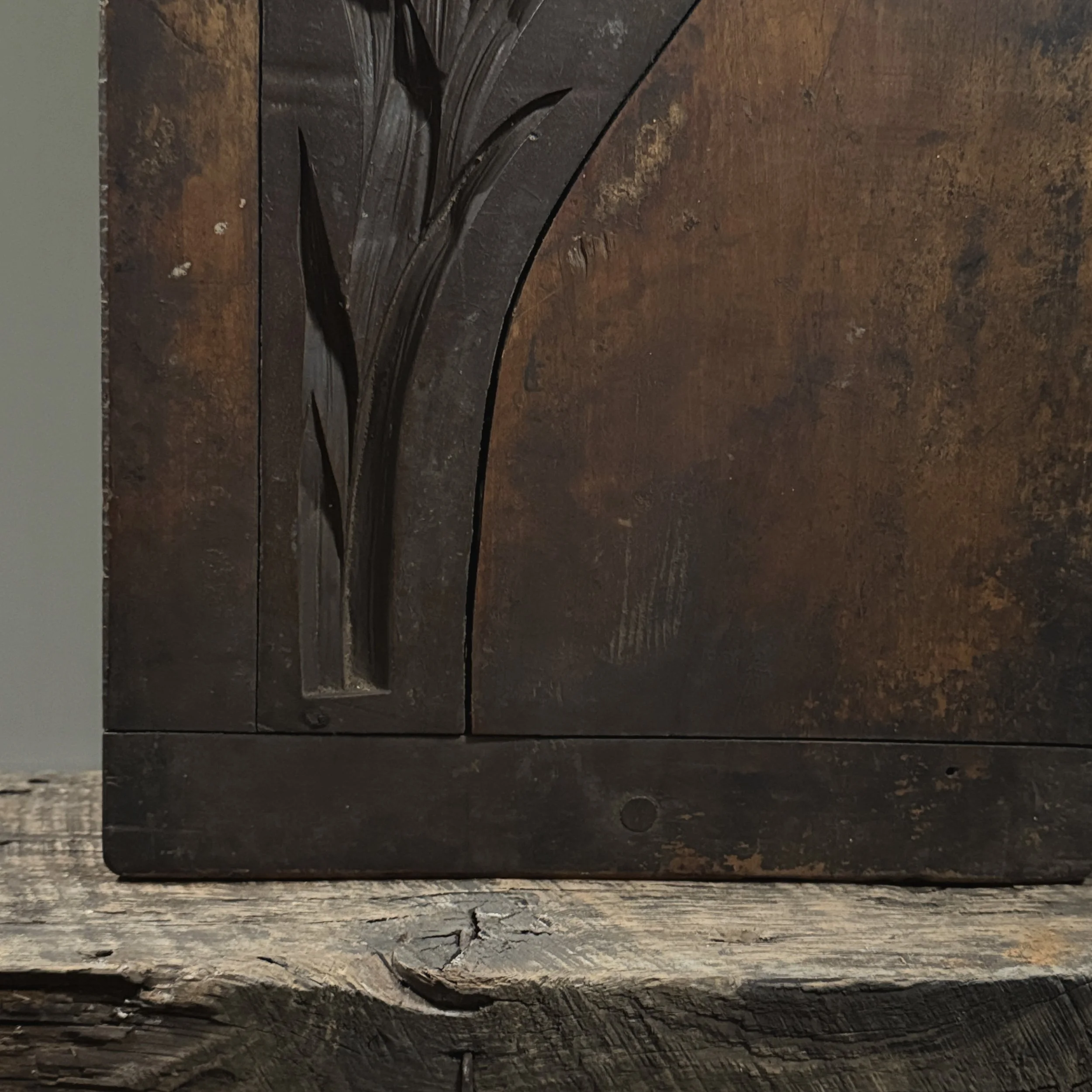 Image 10 of 14
Image 10 of 14

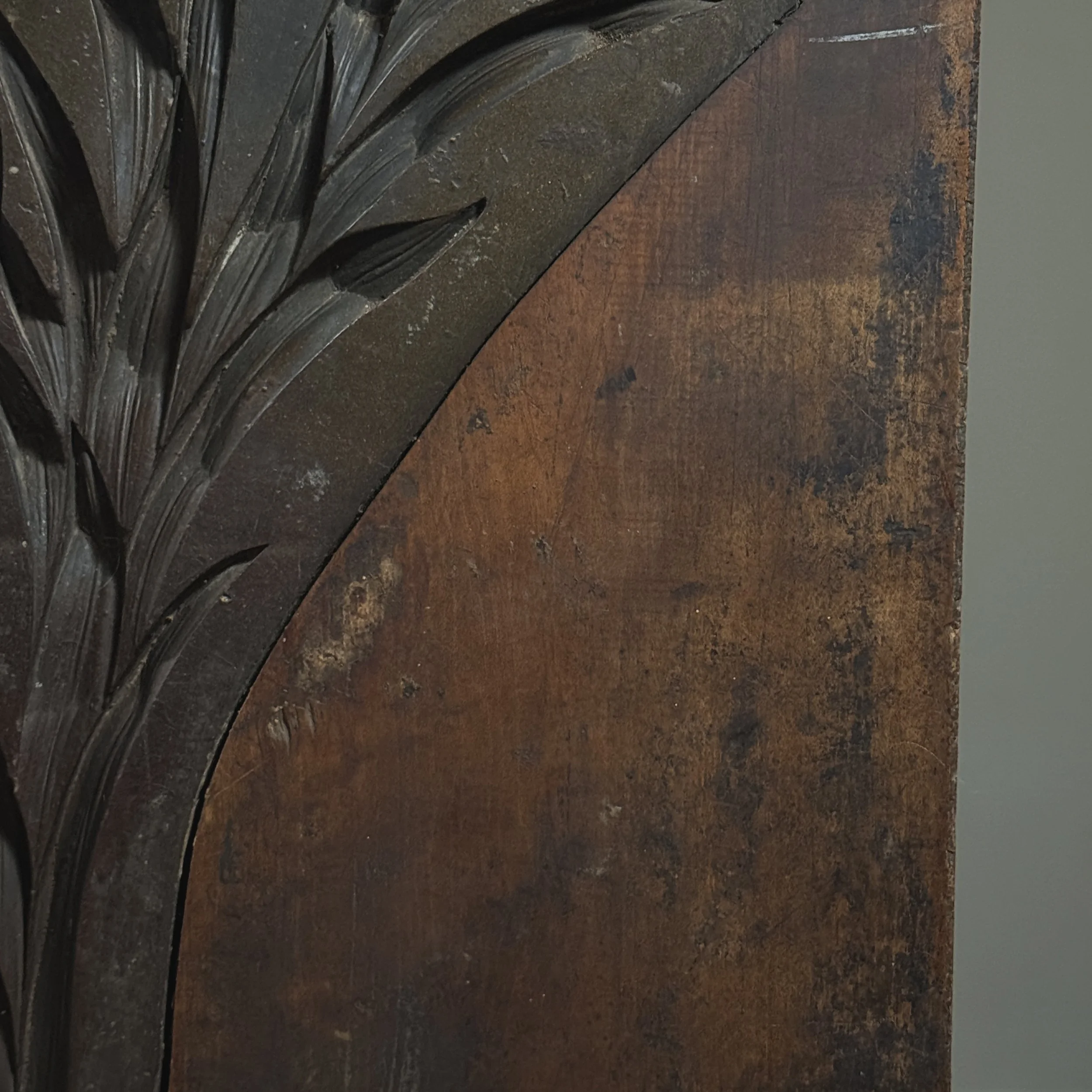 Image 11 of 14
Image 11 of 14

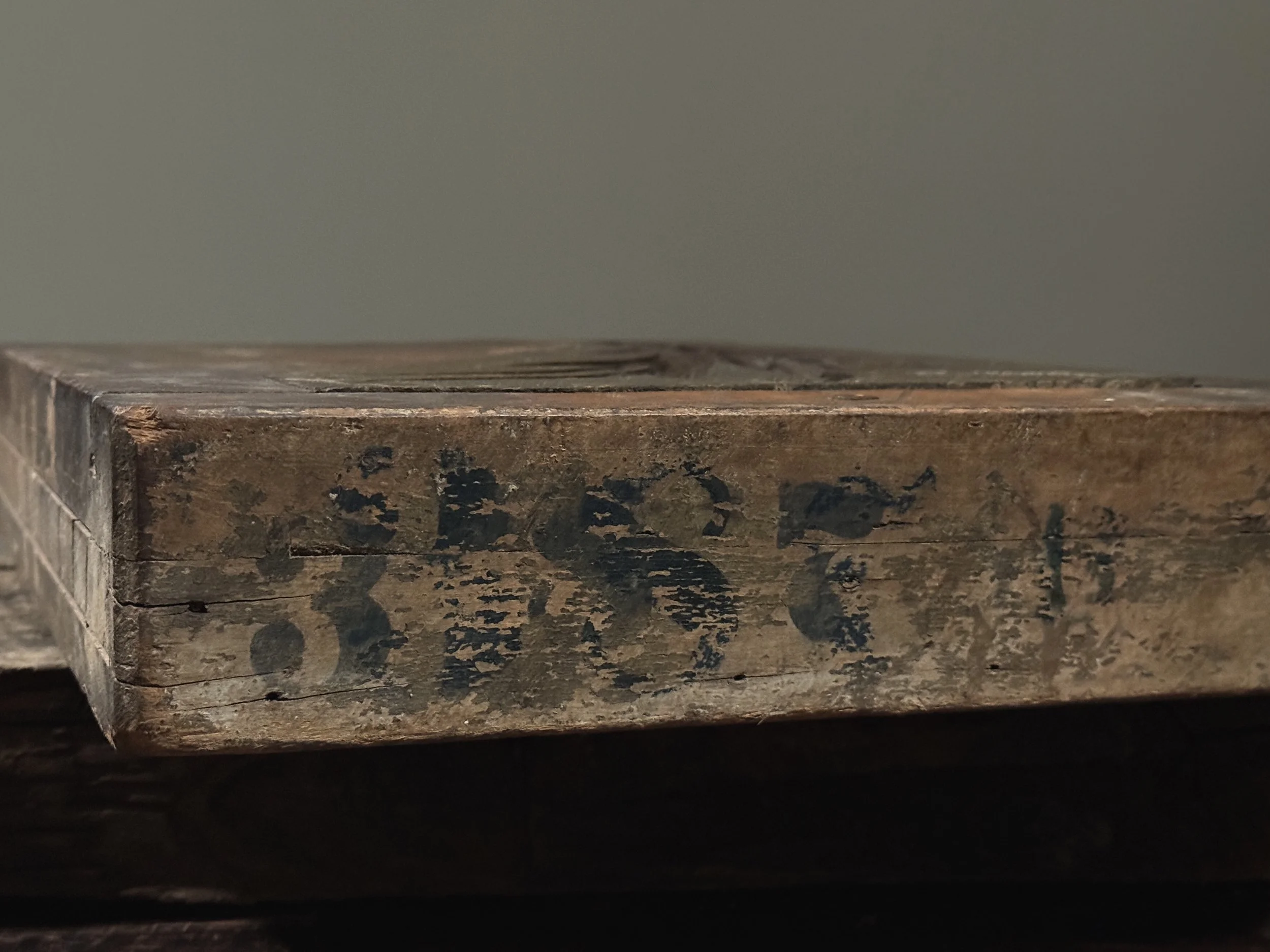 Image 12 of 14
Image 12 of 14

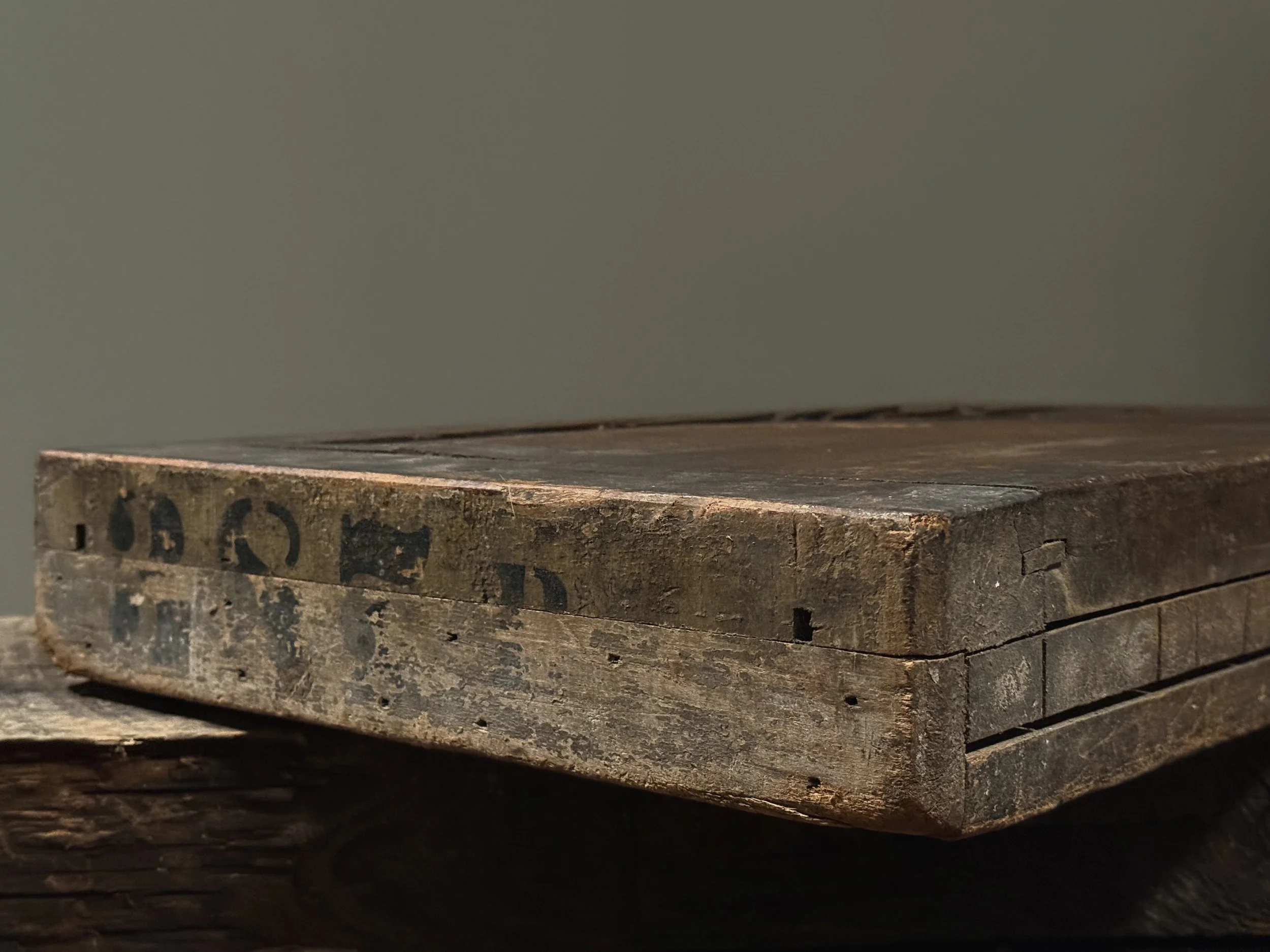 Image 13 of 14
Image 13 of 14

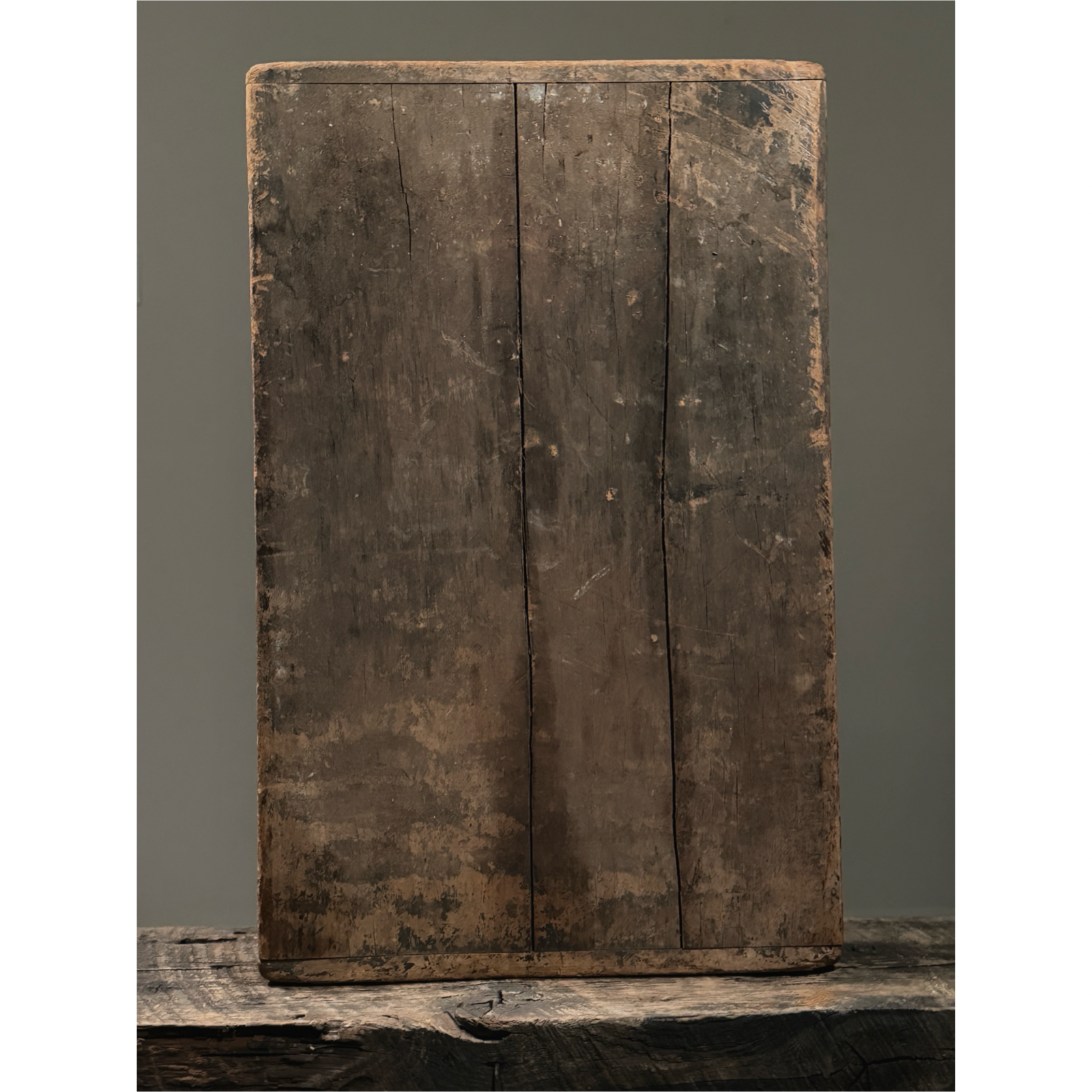 Image 14 of 14
Image 14 of 14















Antique 19th-Century Neoclassical Plaster Mold – Botanical Motif
Antique 19th-Century Neoclassical Plaster Mold – Botanical Motif (Grass Blade or Stalk)
Dimensions: 21” H × 13.5” W × 2.75” D
This rare 19th-century neoclassical mold features a stylized botanical motif, possibly representing a blade of grass or plant stalk. The heavy form is constructed from substantial, patinated wooden sections, with a metal plate inset on the front surface—suggesting it may have been used in the production of either dimensional sculpture or bas-relief architectural ornamentation.
A stenciled inventory number remains visible on the upper edge, pointing to its likely use in an institutional or workshop setting.
Offered individually; however, a complementary mold is also available, and the two may be displayed as a pair. Exhibits surface wear consistent with age.
Antique 19th-Century Neoclassical Plaster Mold – Botanical Motif (Grass Blade or Stalk)
Dimensions: 21” H × 13.5” W × 2.75” D
This rare 19th-century neoclassical mold features a stylized botanical motif, possibly representing a blade of grass or plant stalk. The heavy form is constructed from substantial, patinated wooden sections, with a metal plate inset on the front surface—suggesting it may have been used in the production of either dimensional sculpture or bas-relief architectural ornamentation.
A stenciled inventory number remains visible on the upper edge, pointing to its likely use in an institutional or workshop setting.
Offered individually; however, a complementary mold is also available, and the two may be displayed as a pair. Exhibits surface wear consistent with age.

